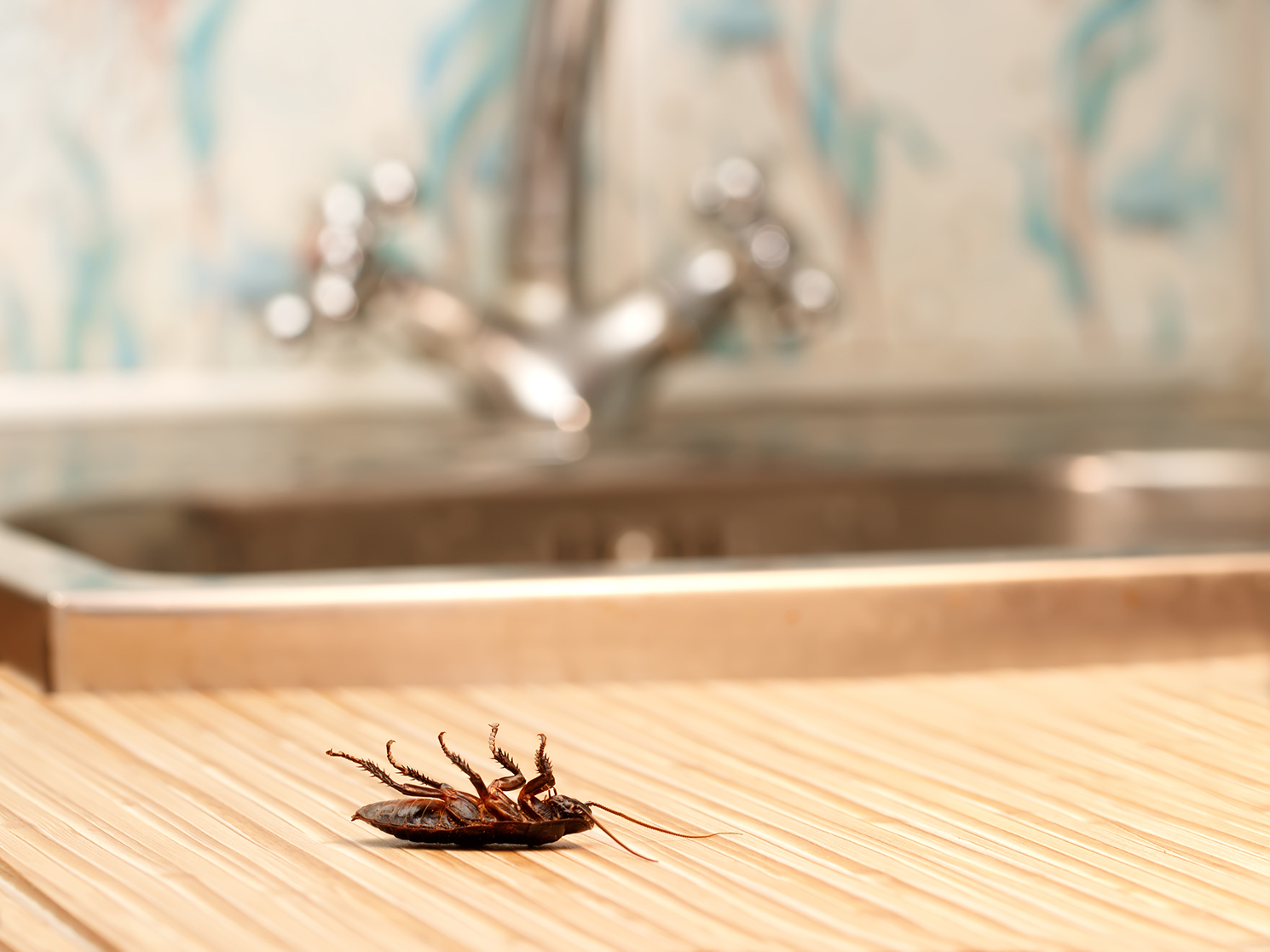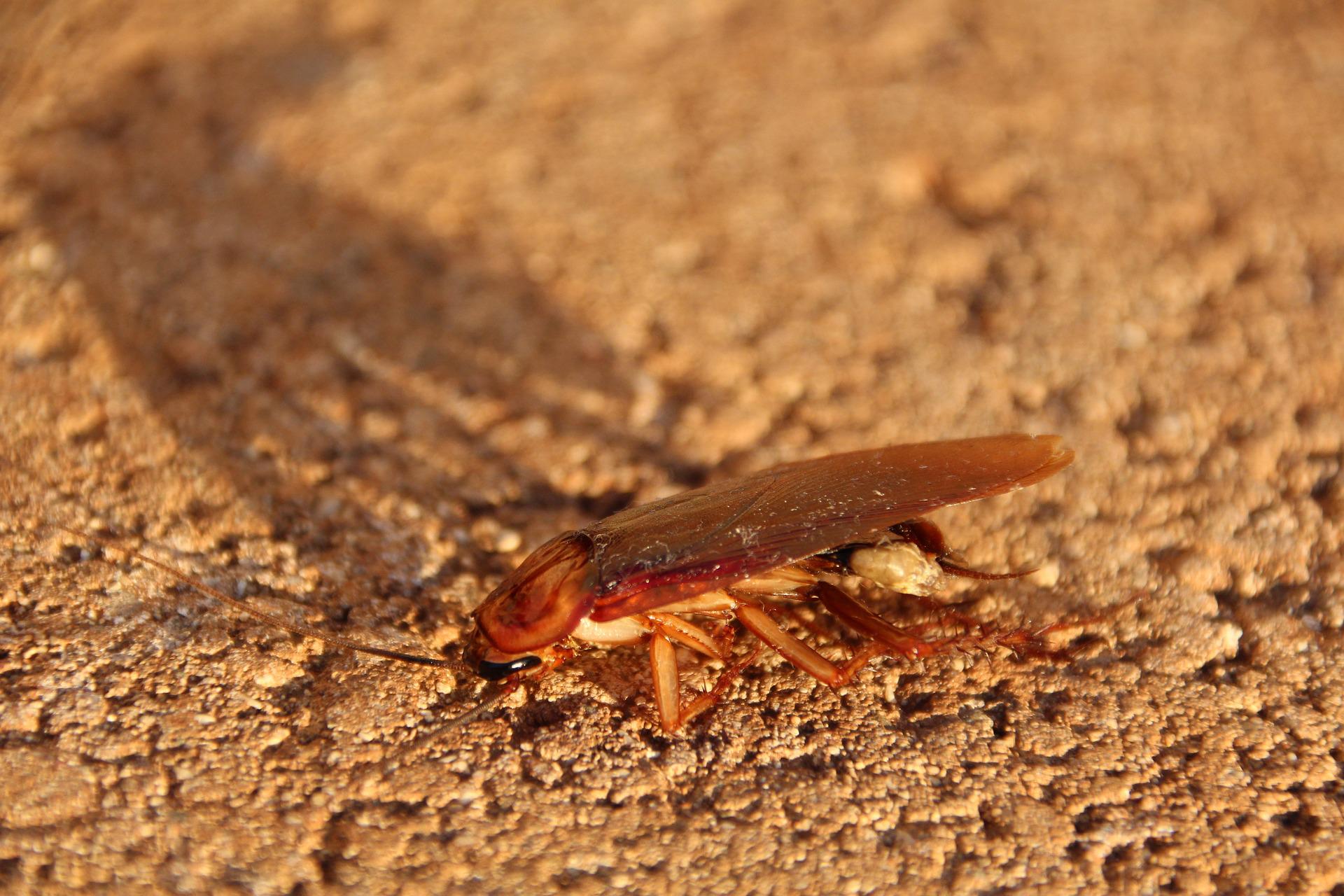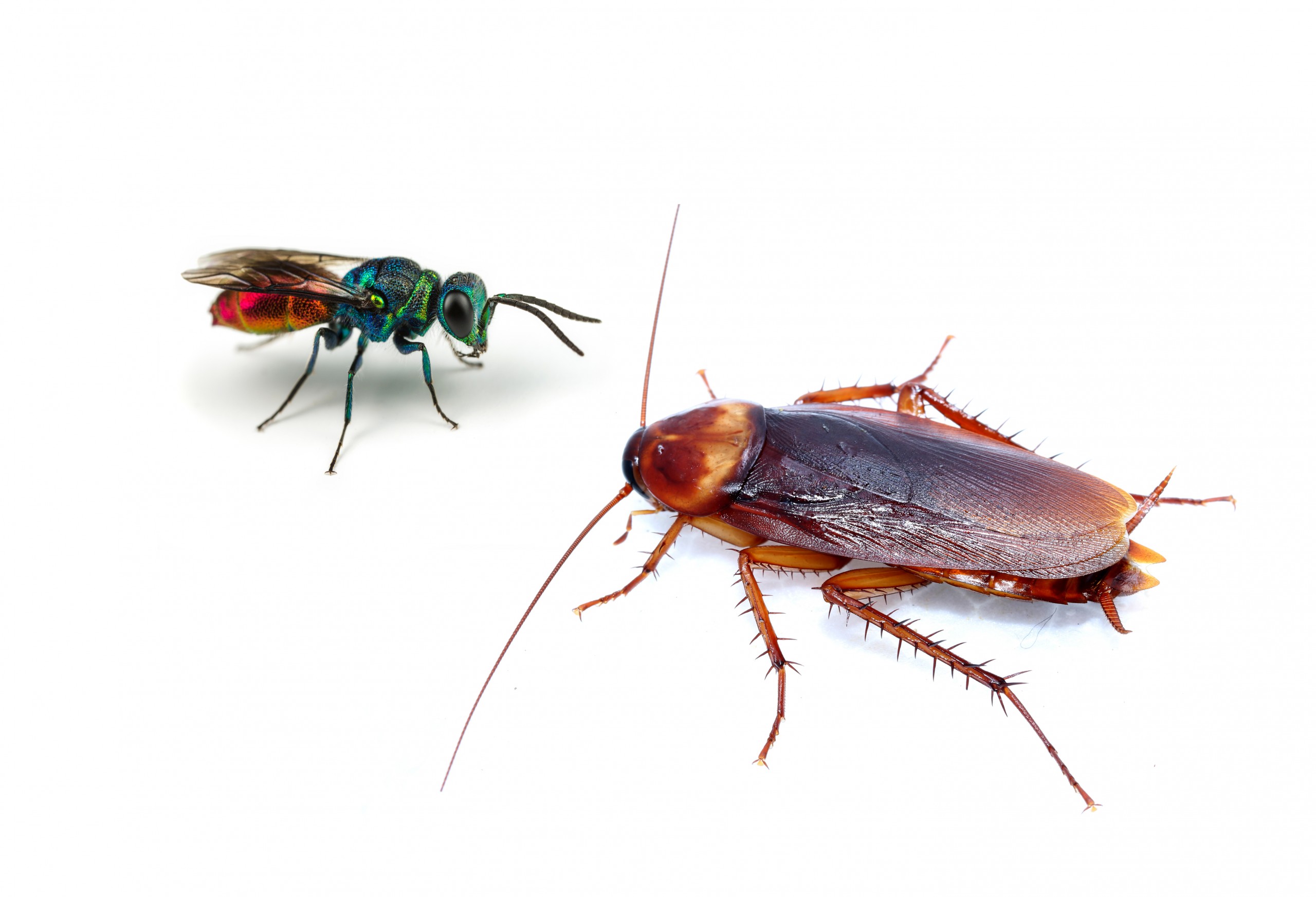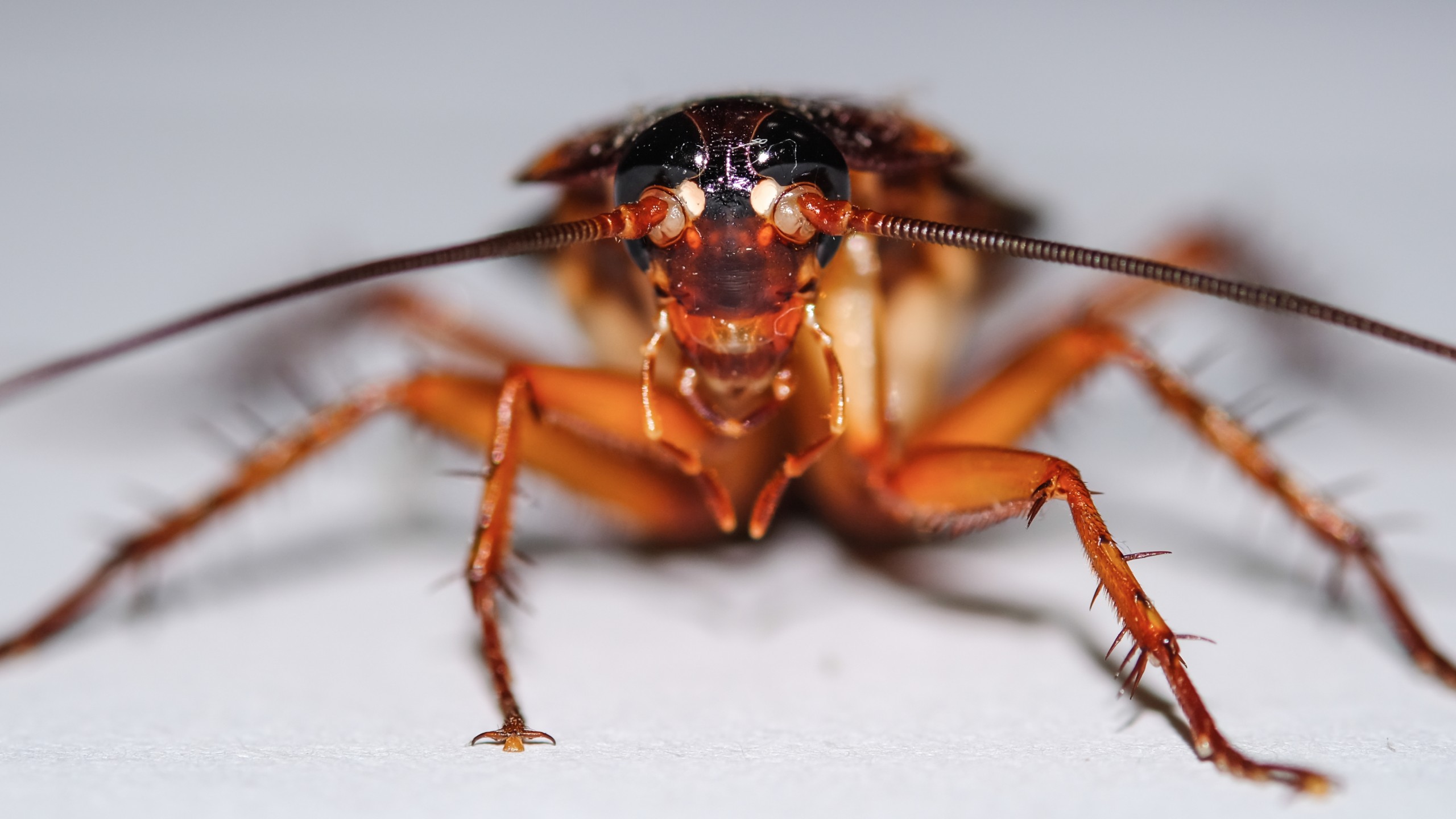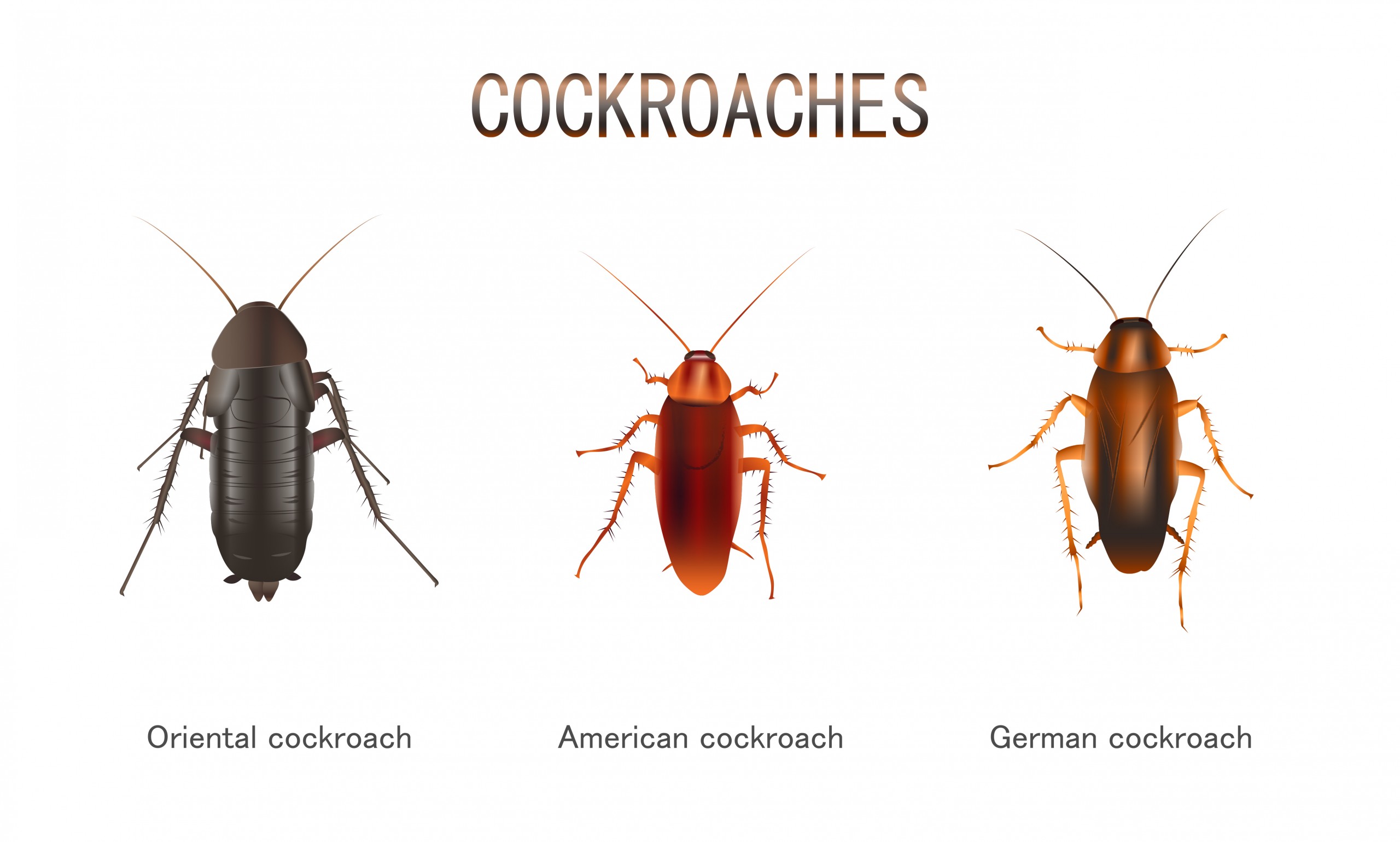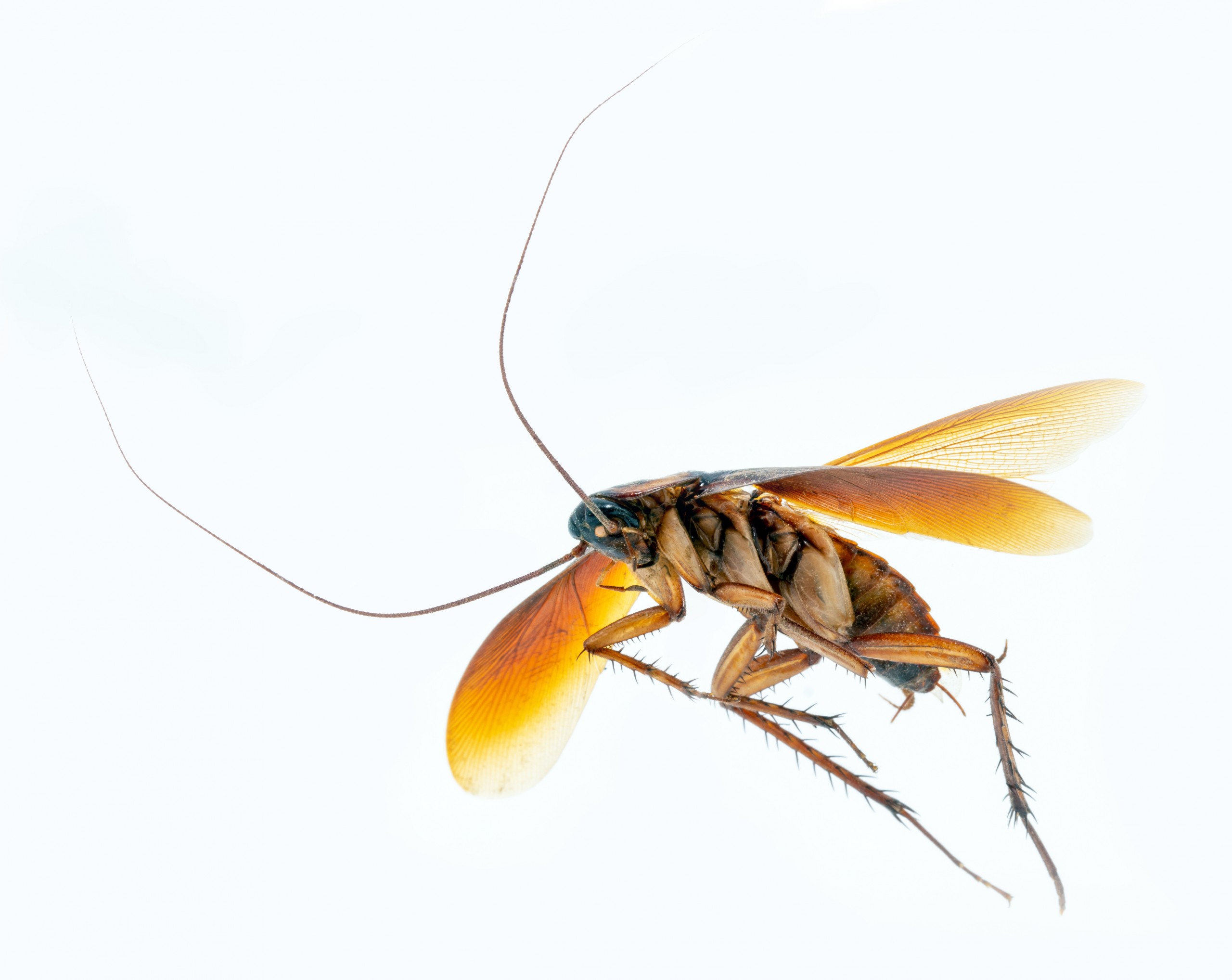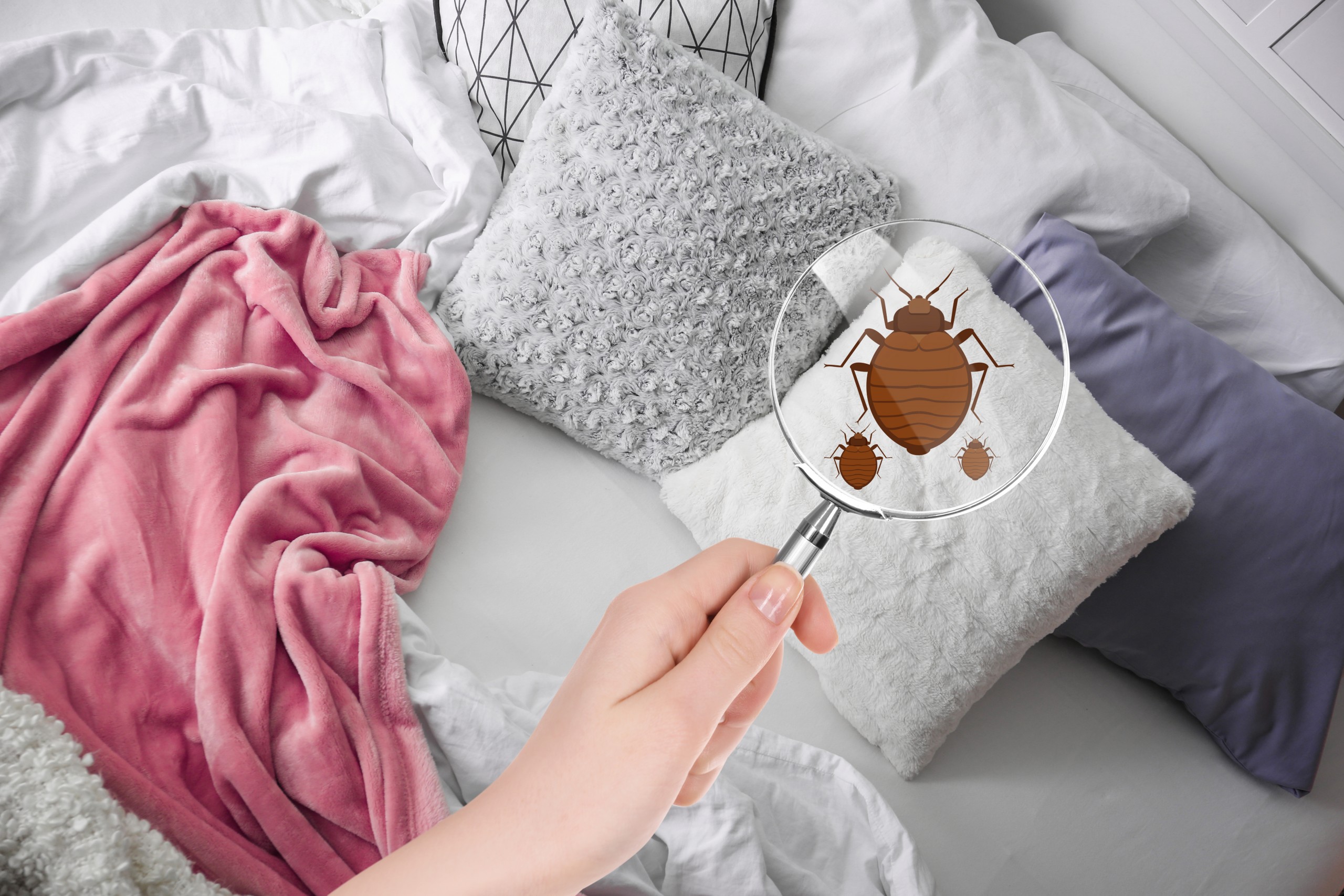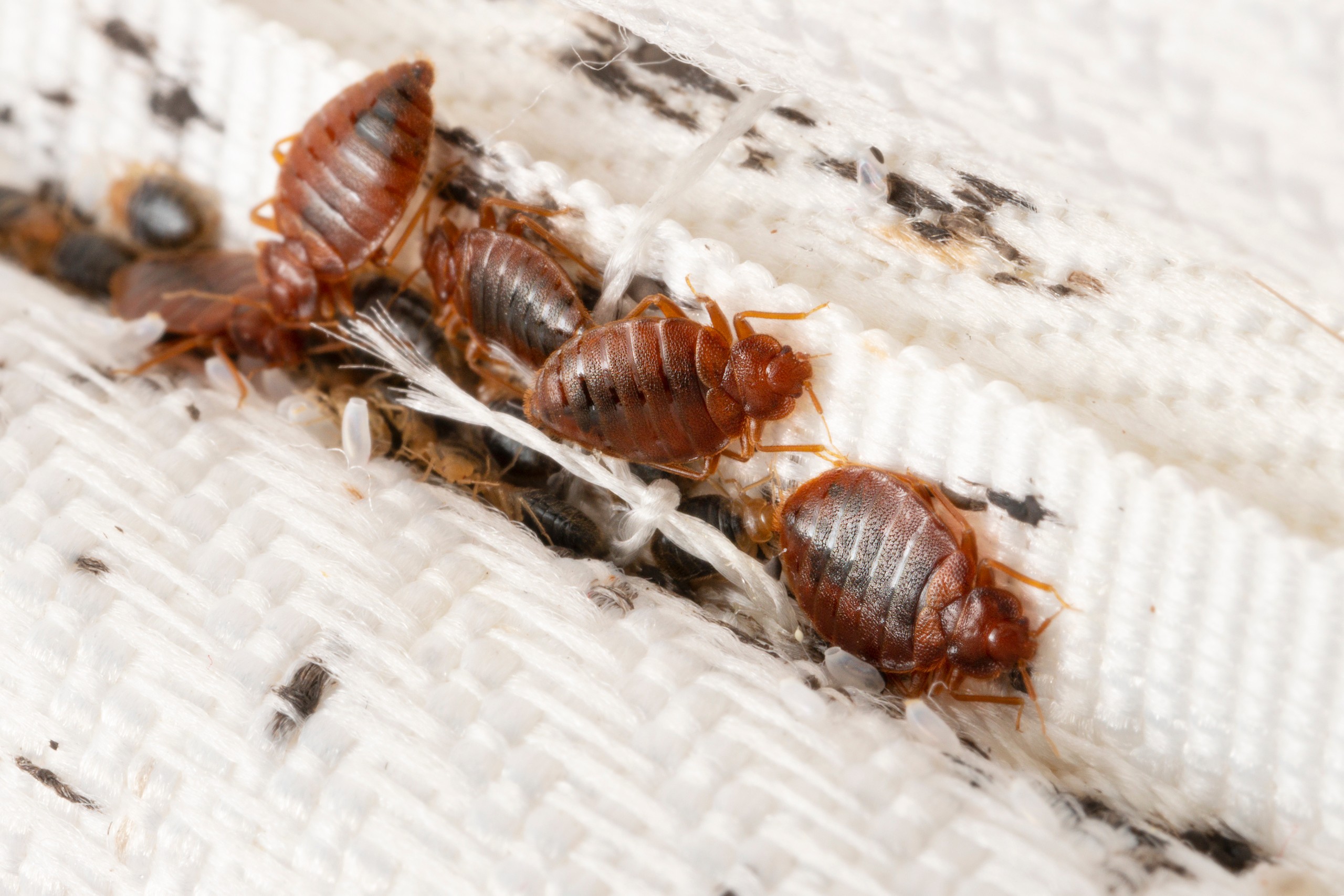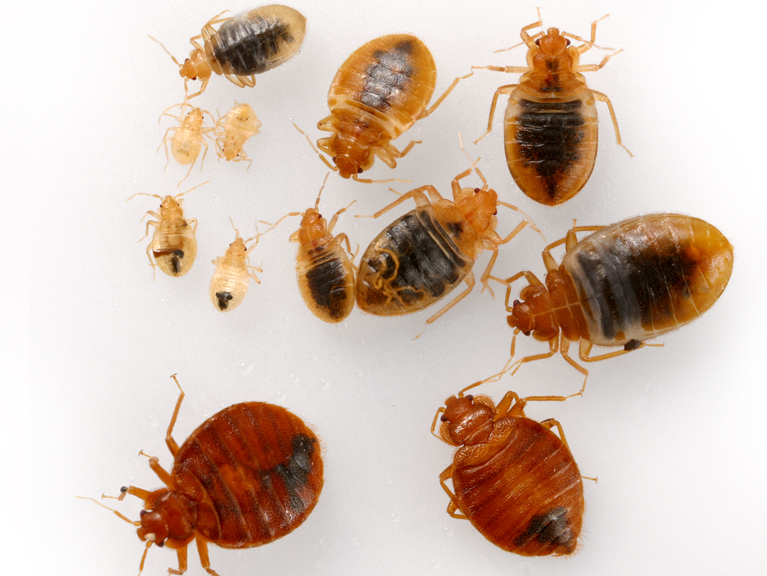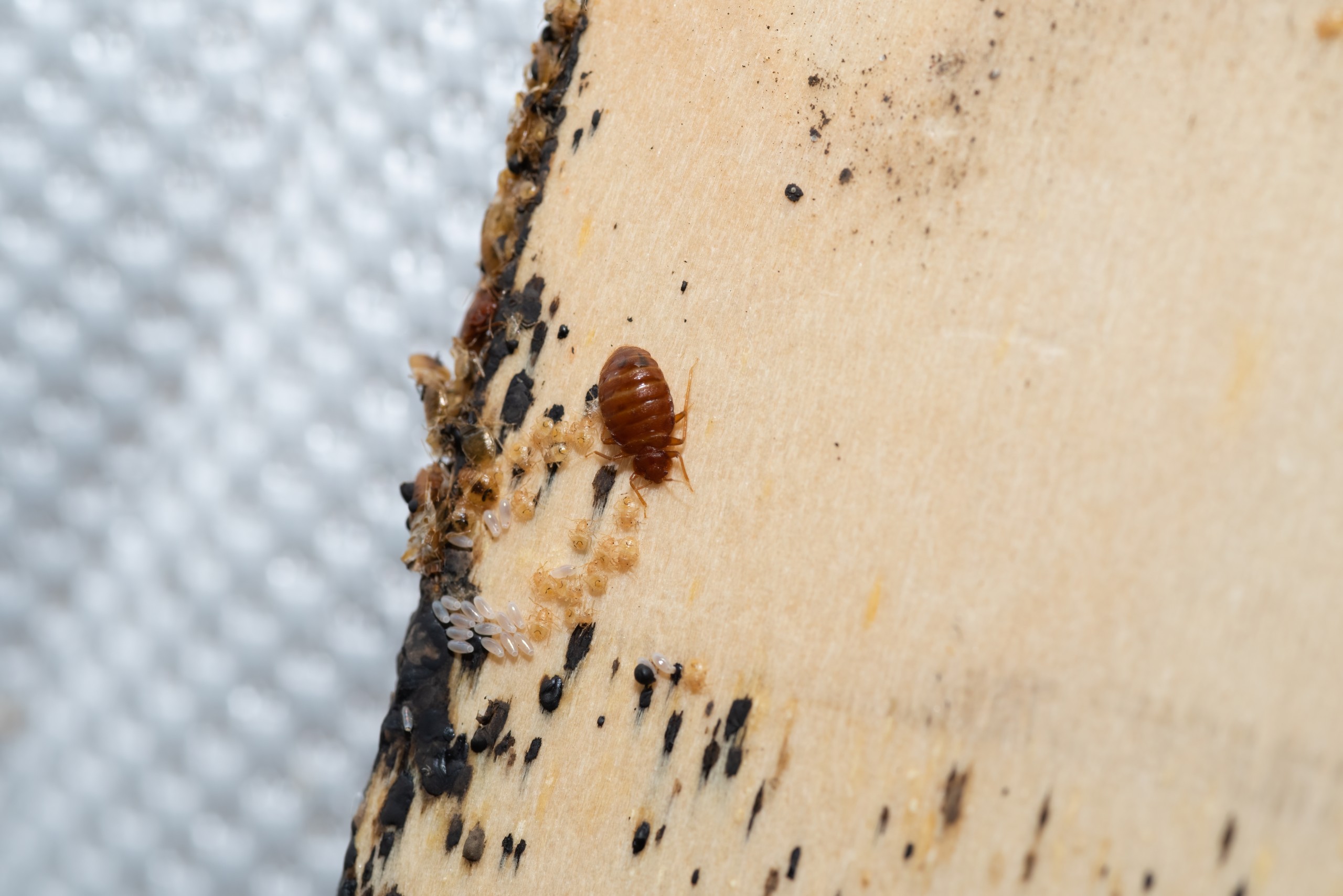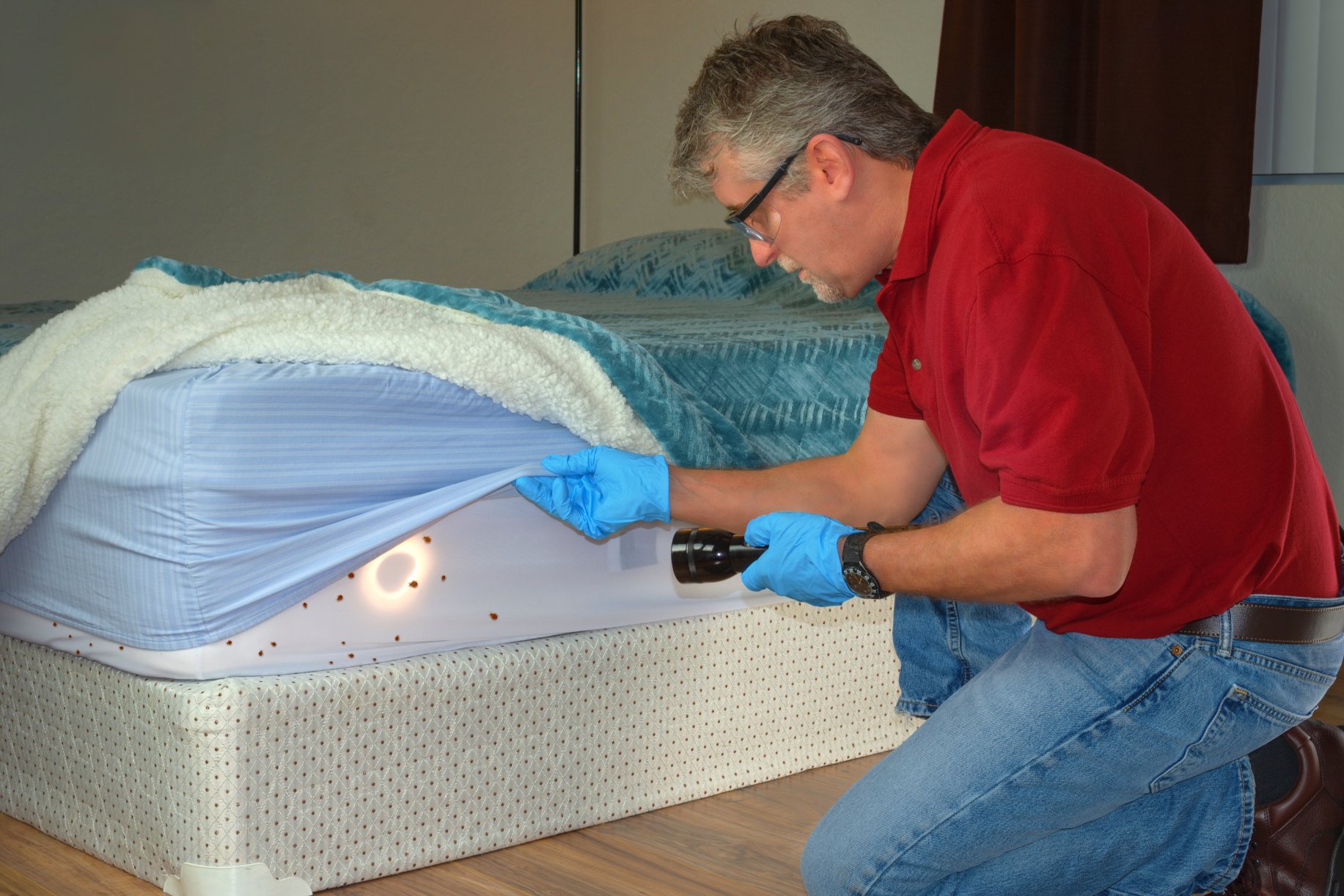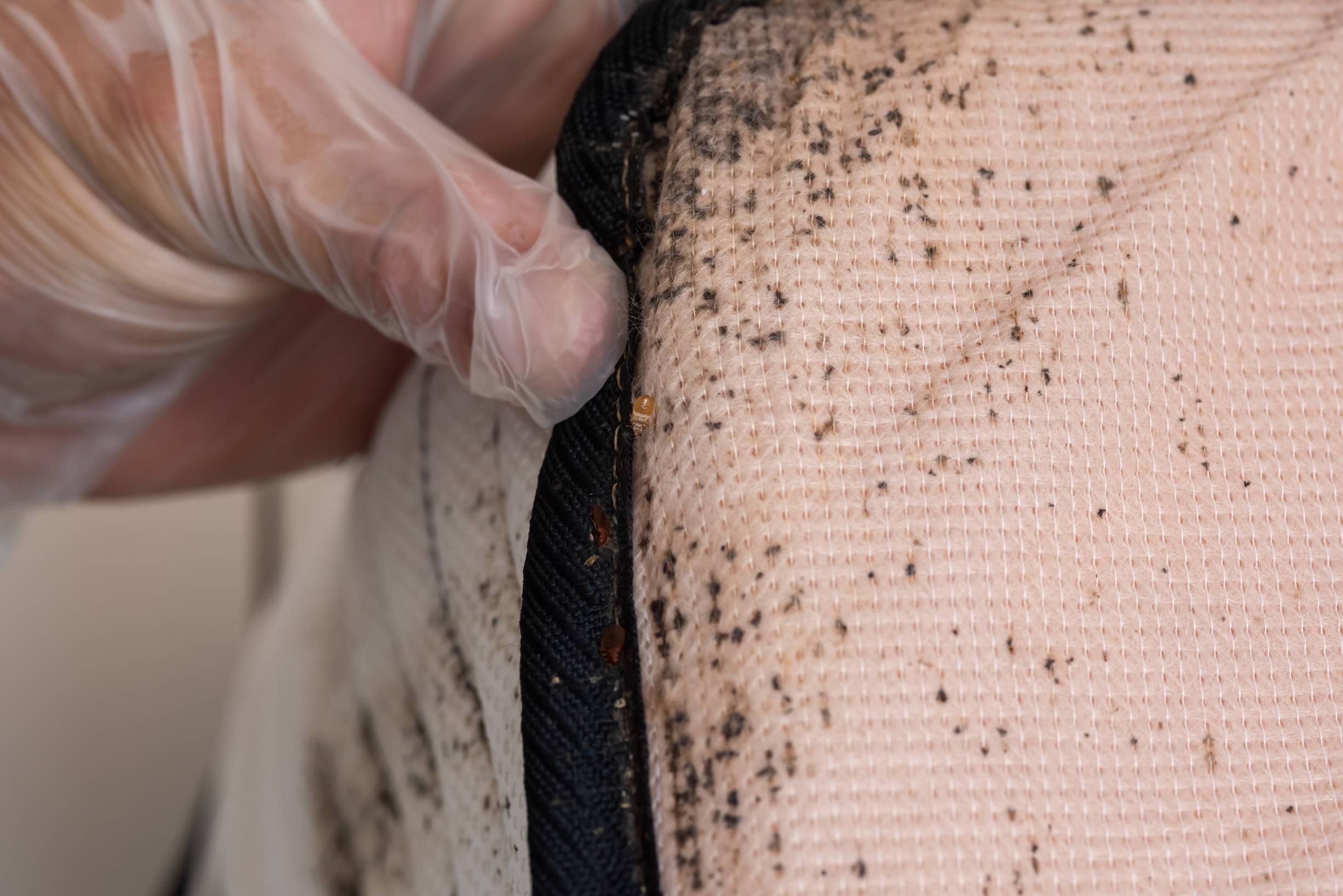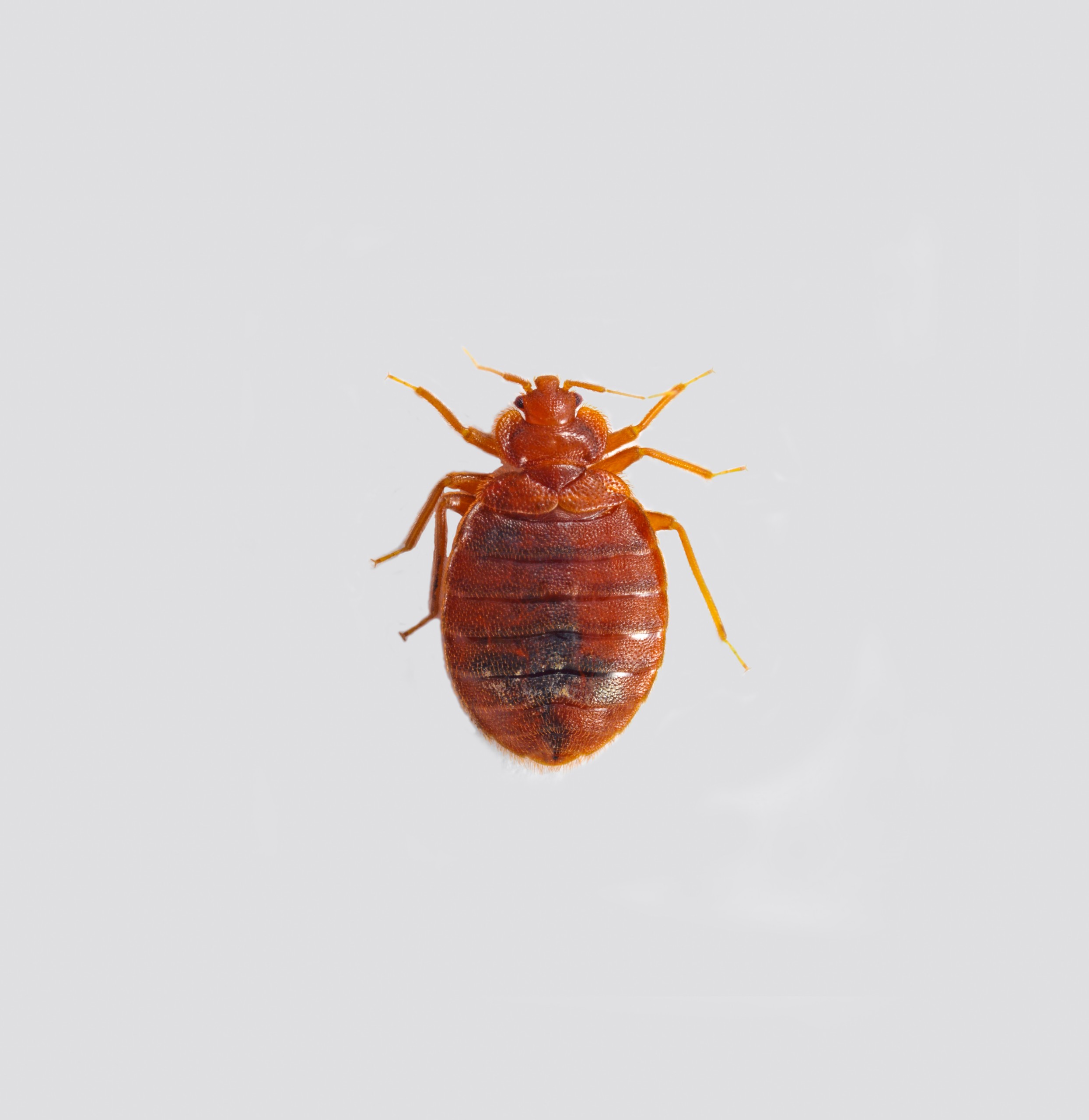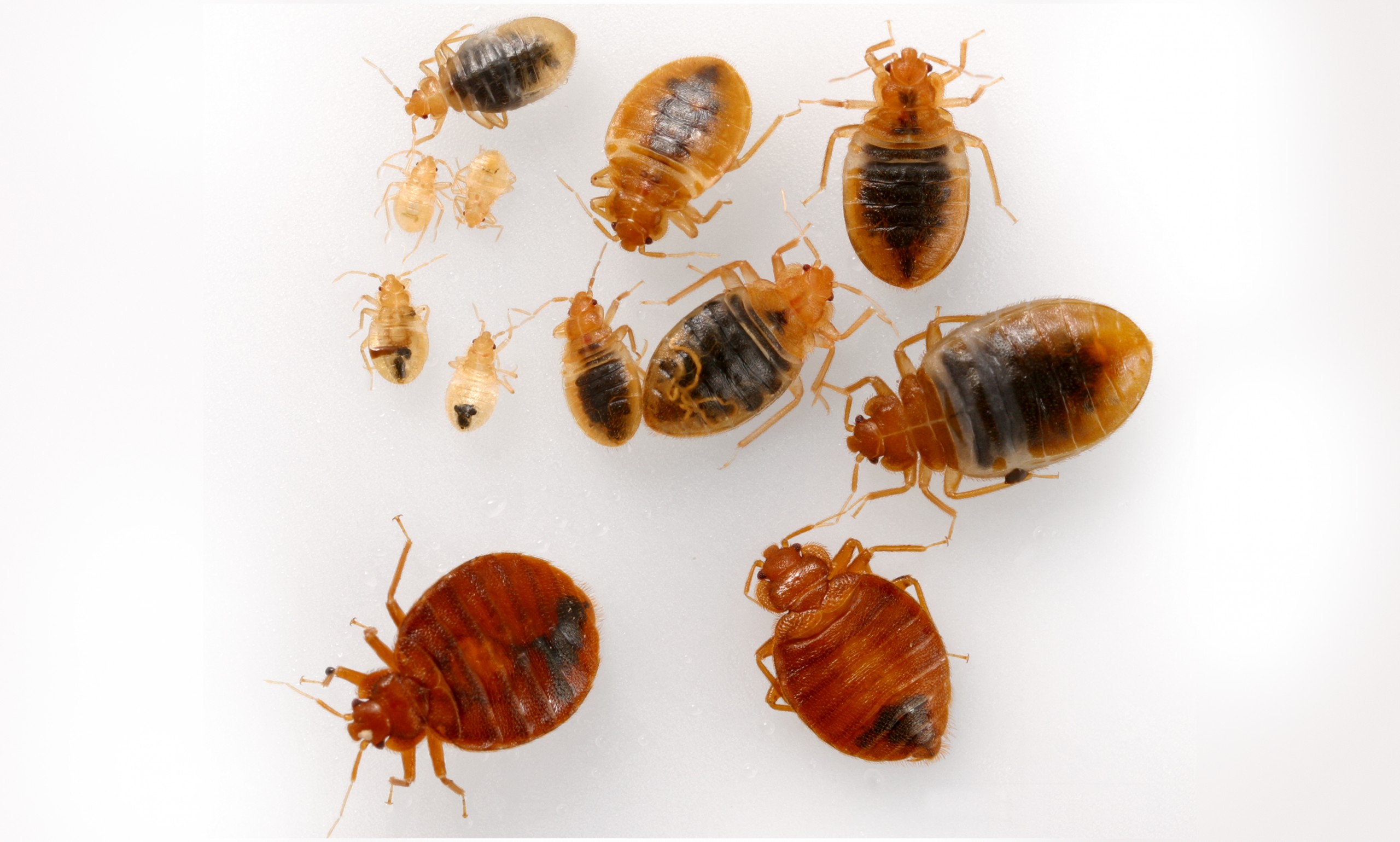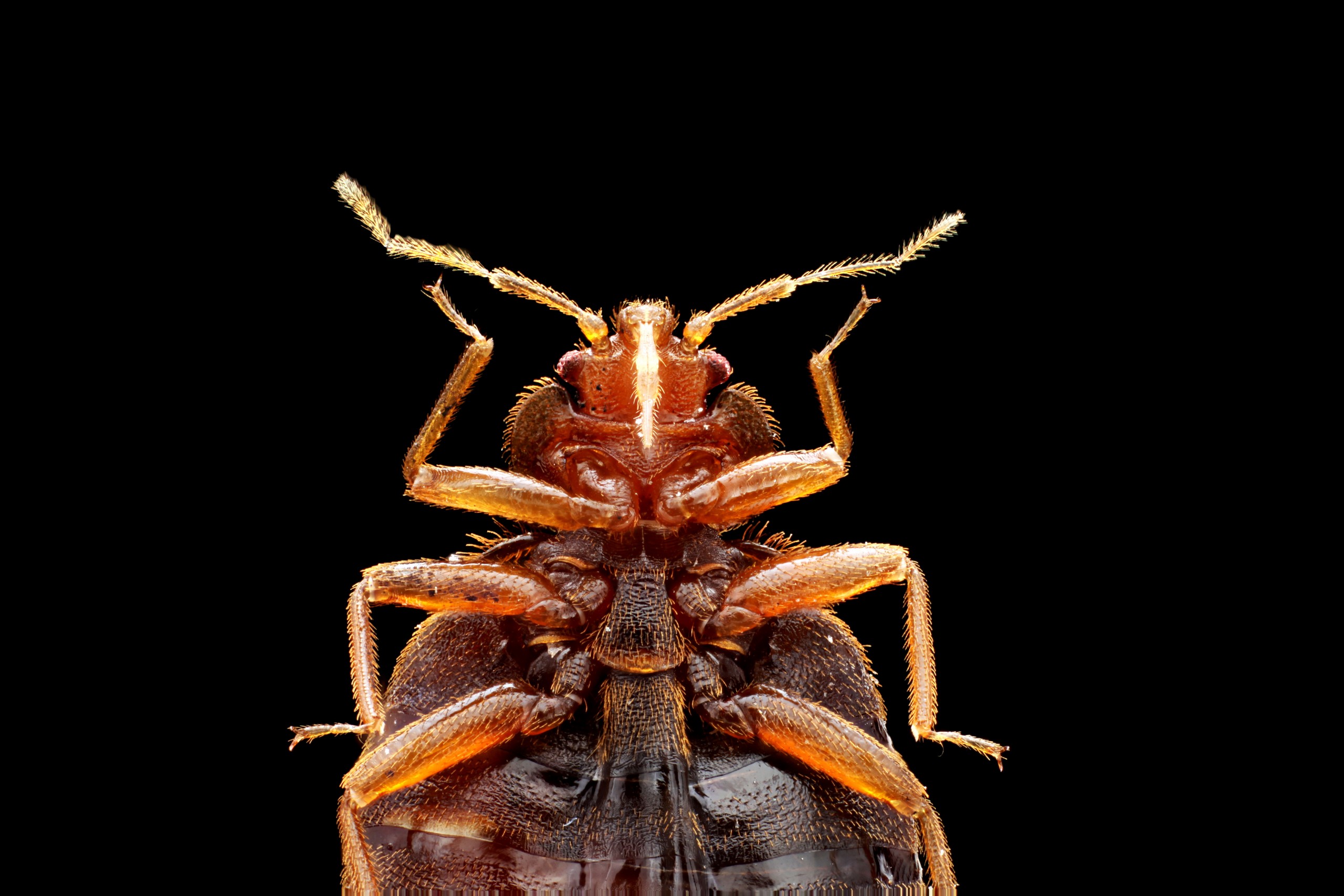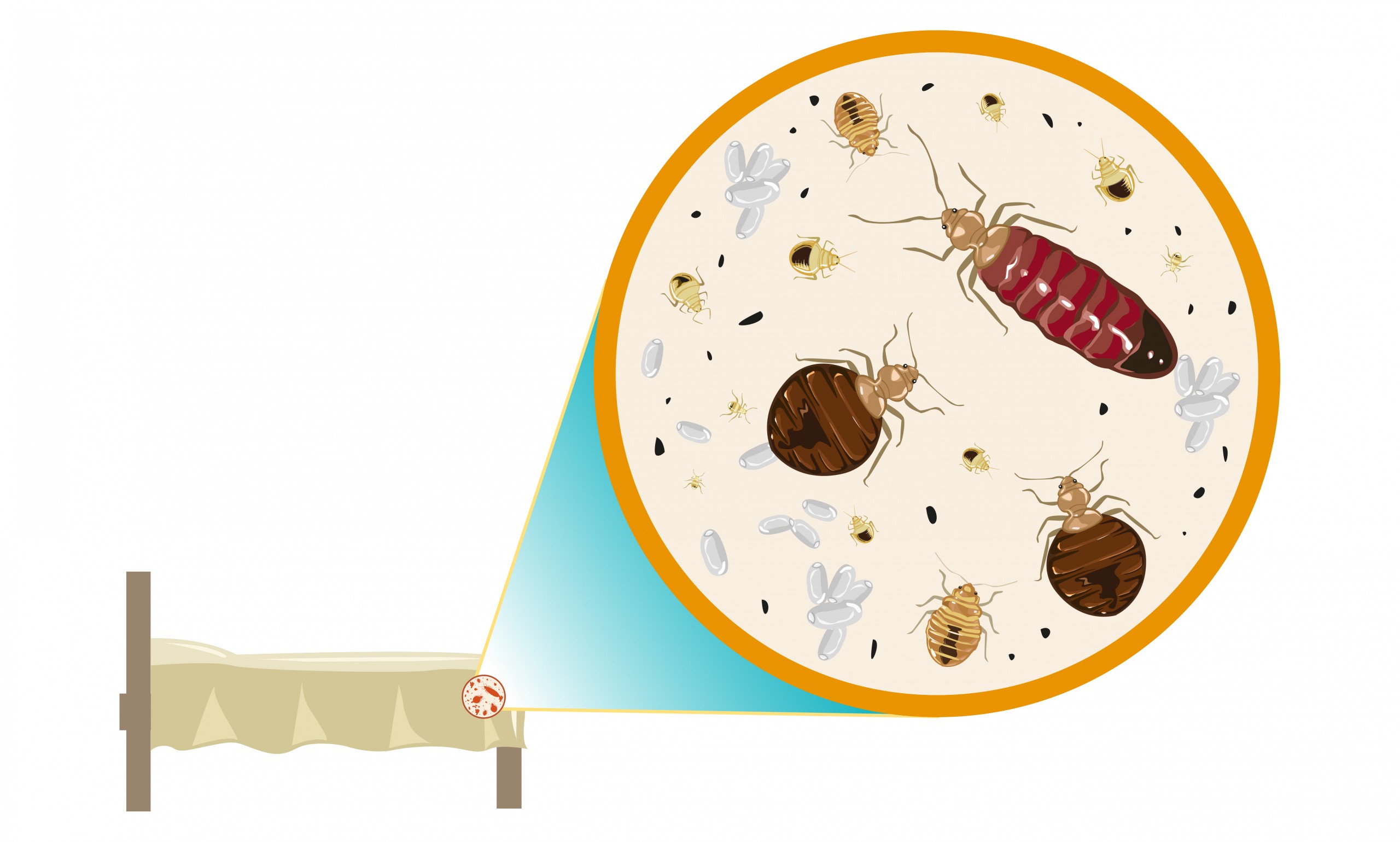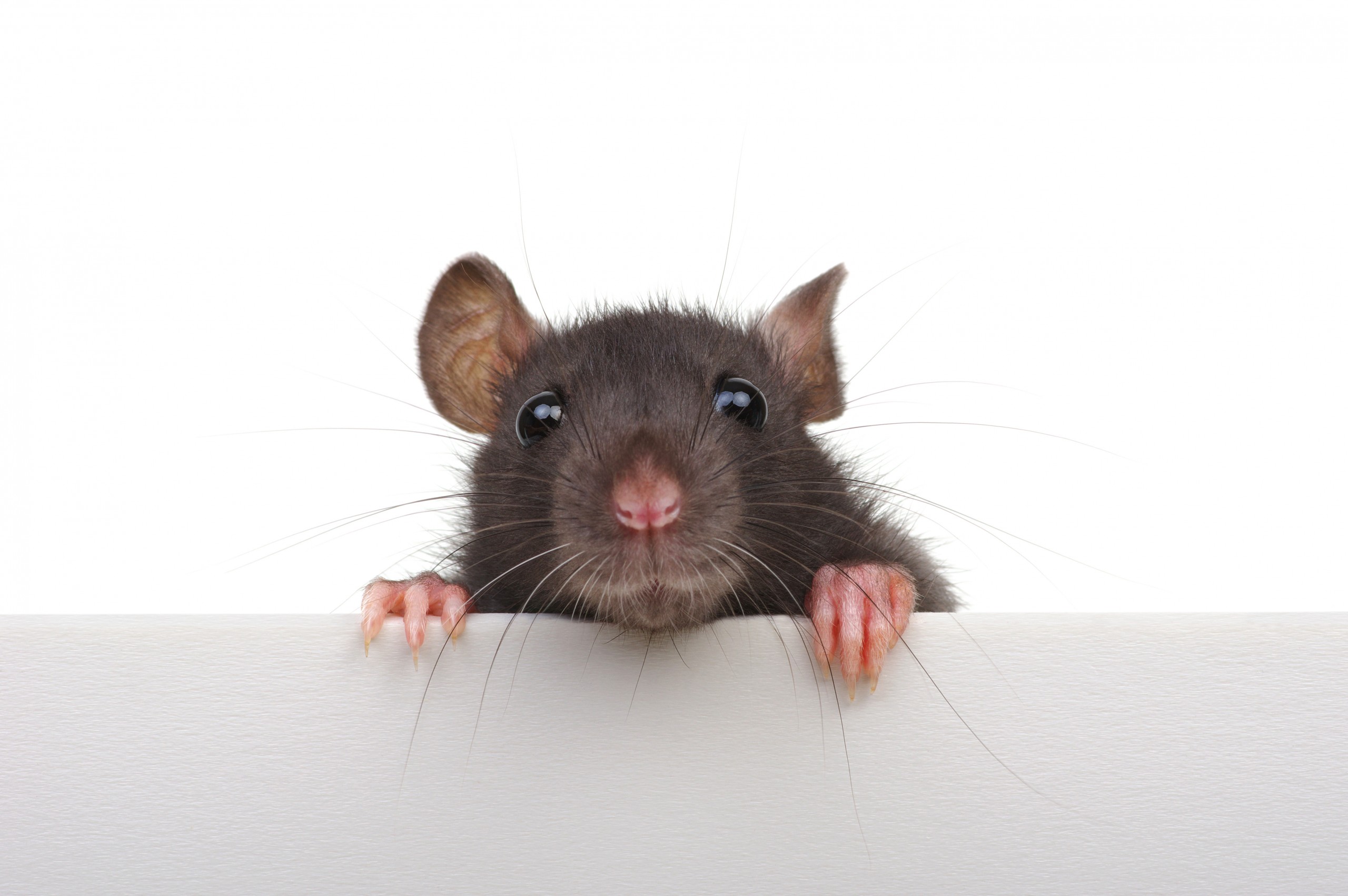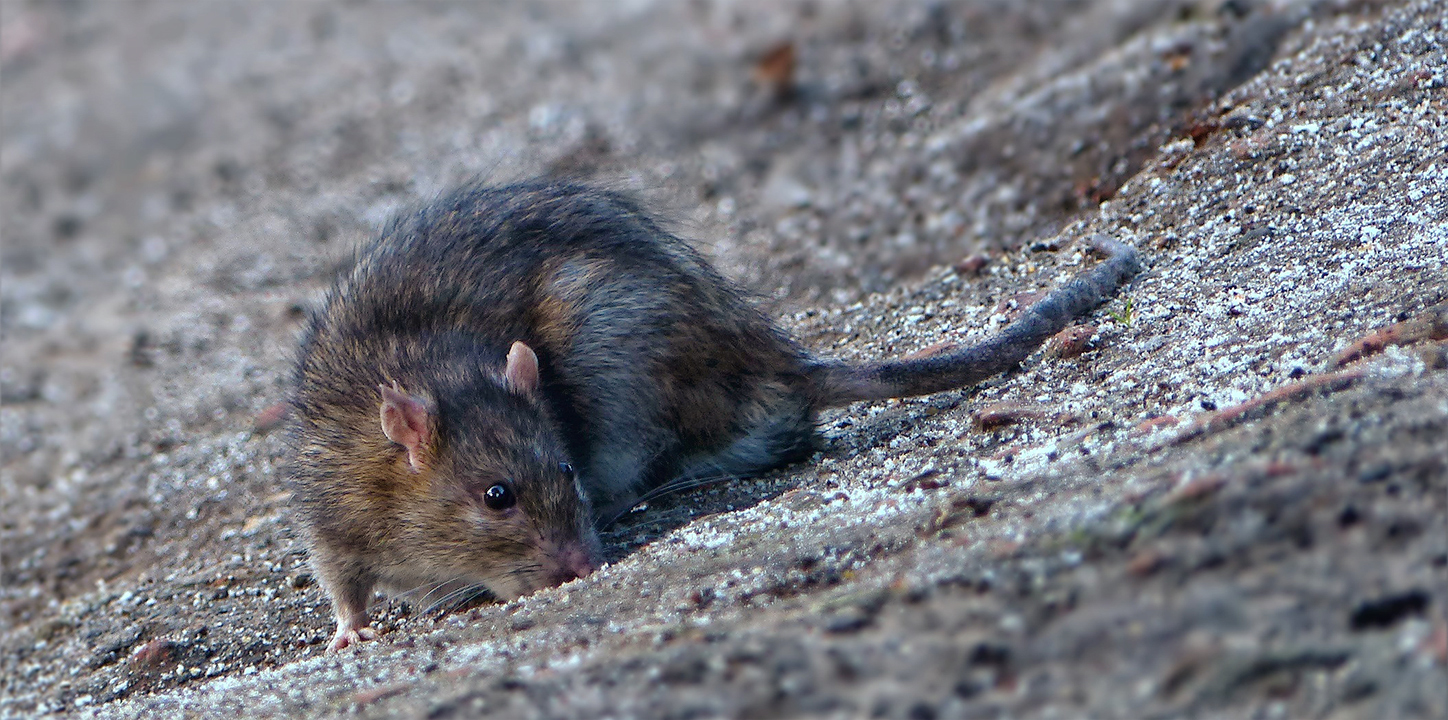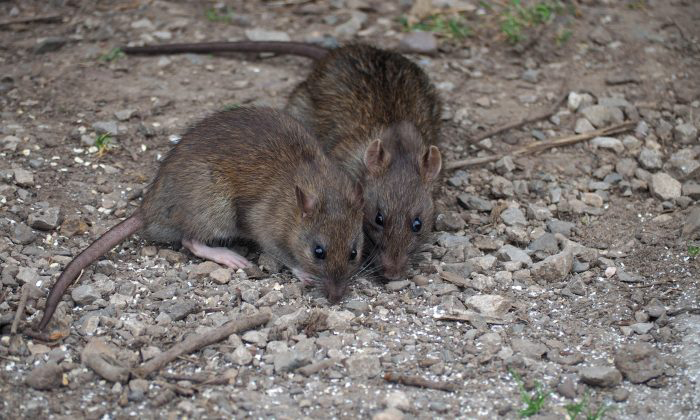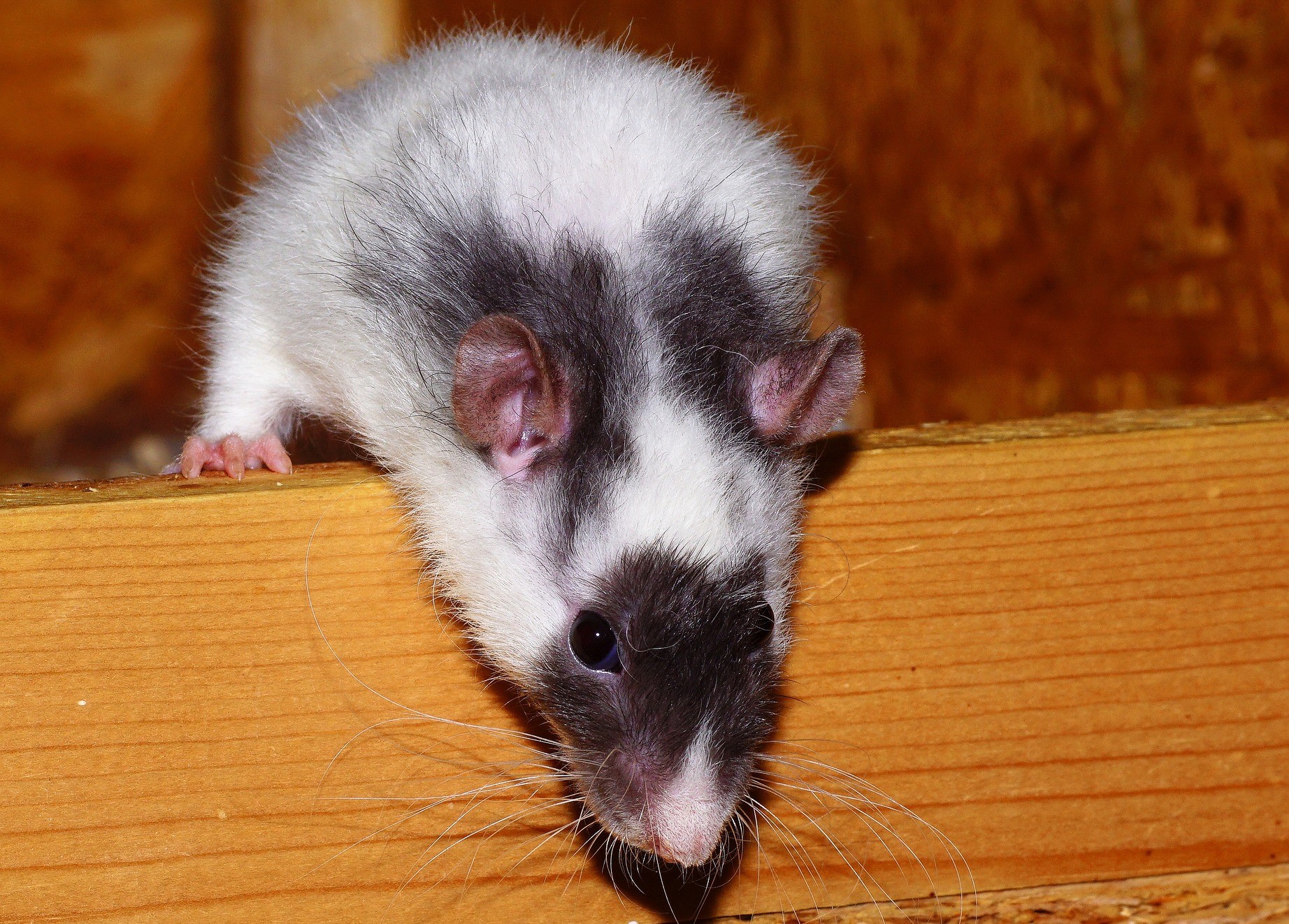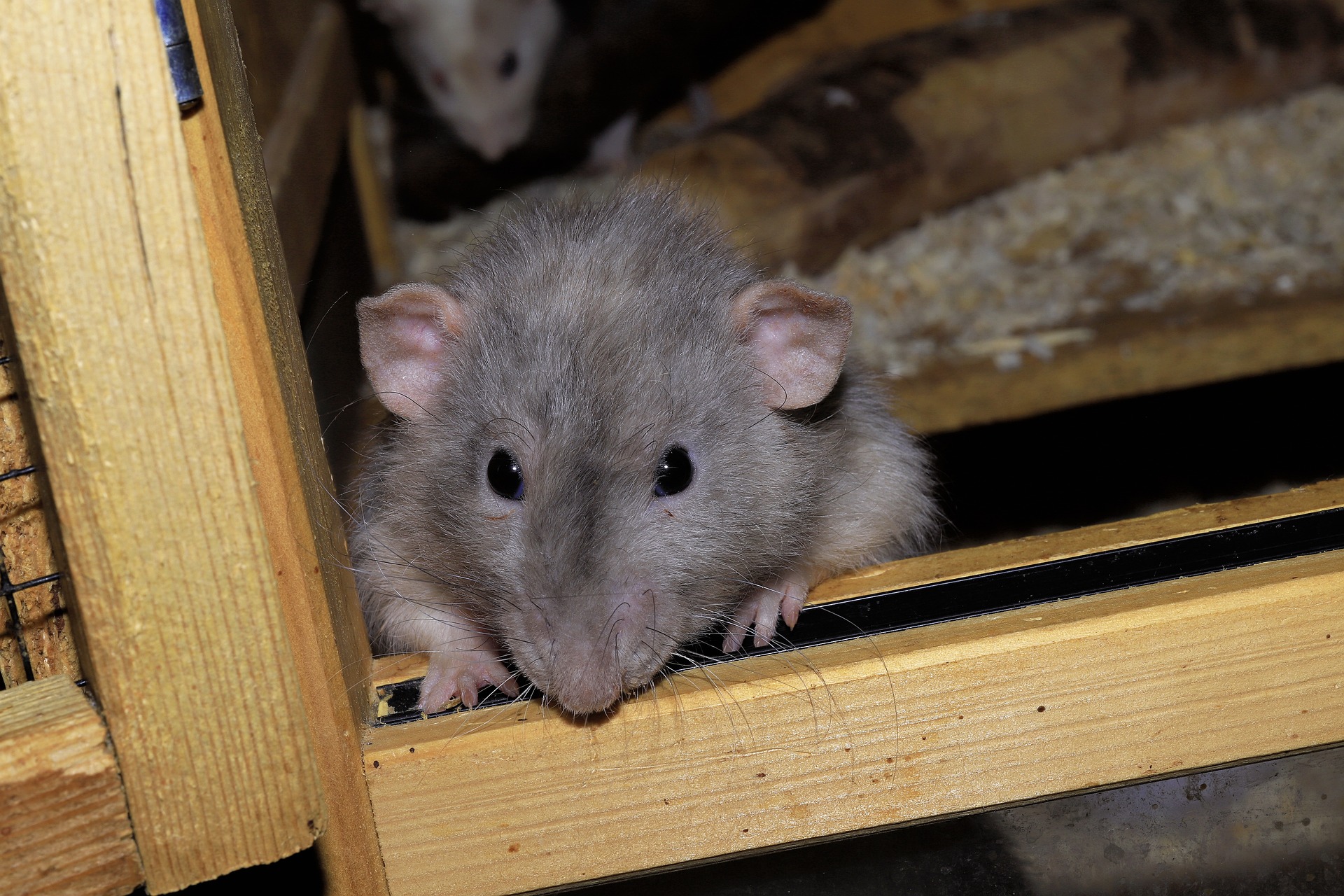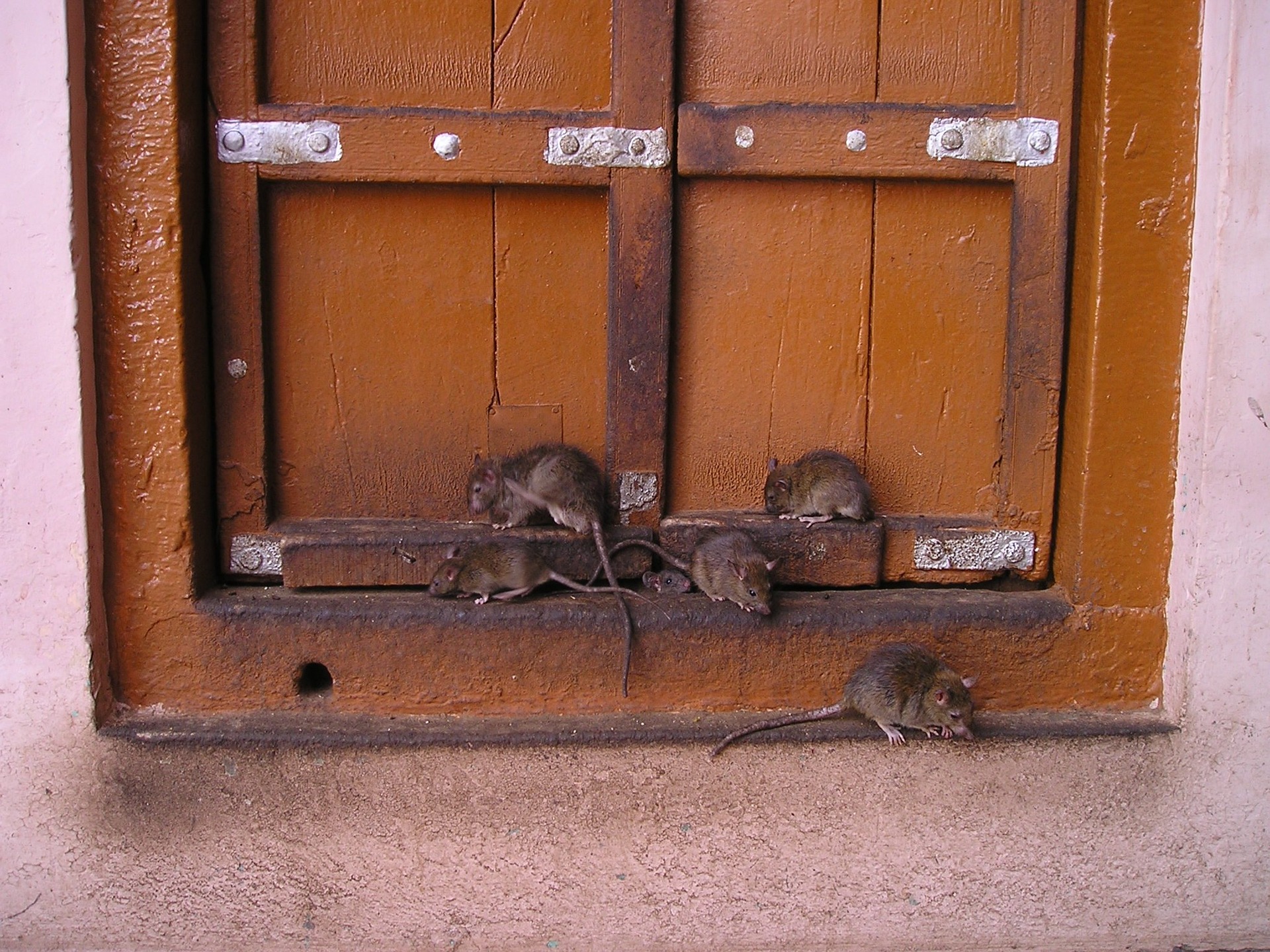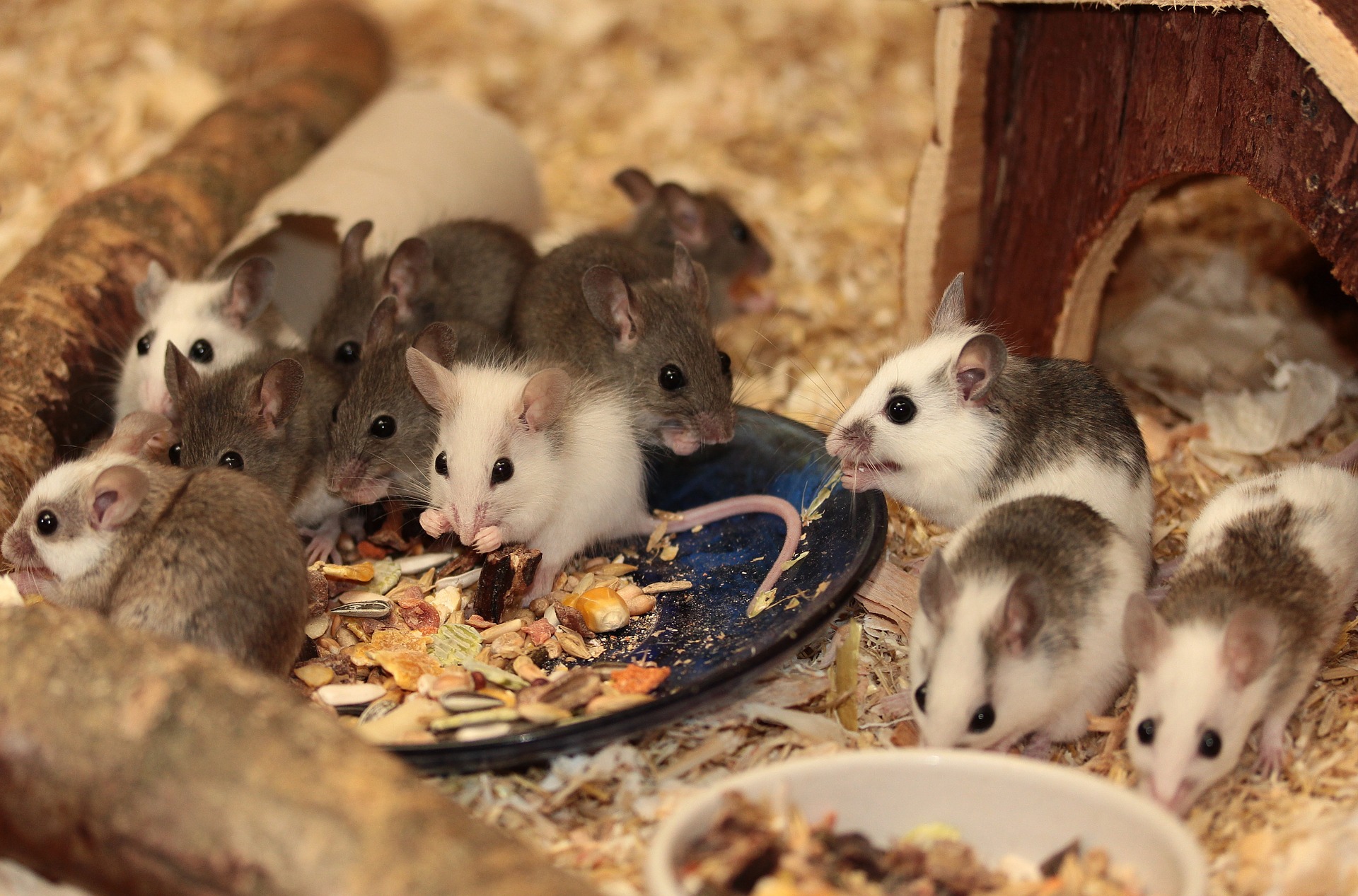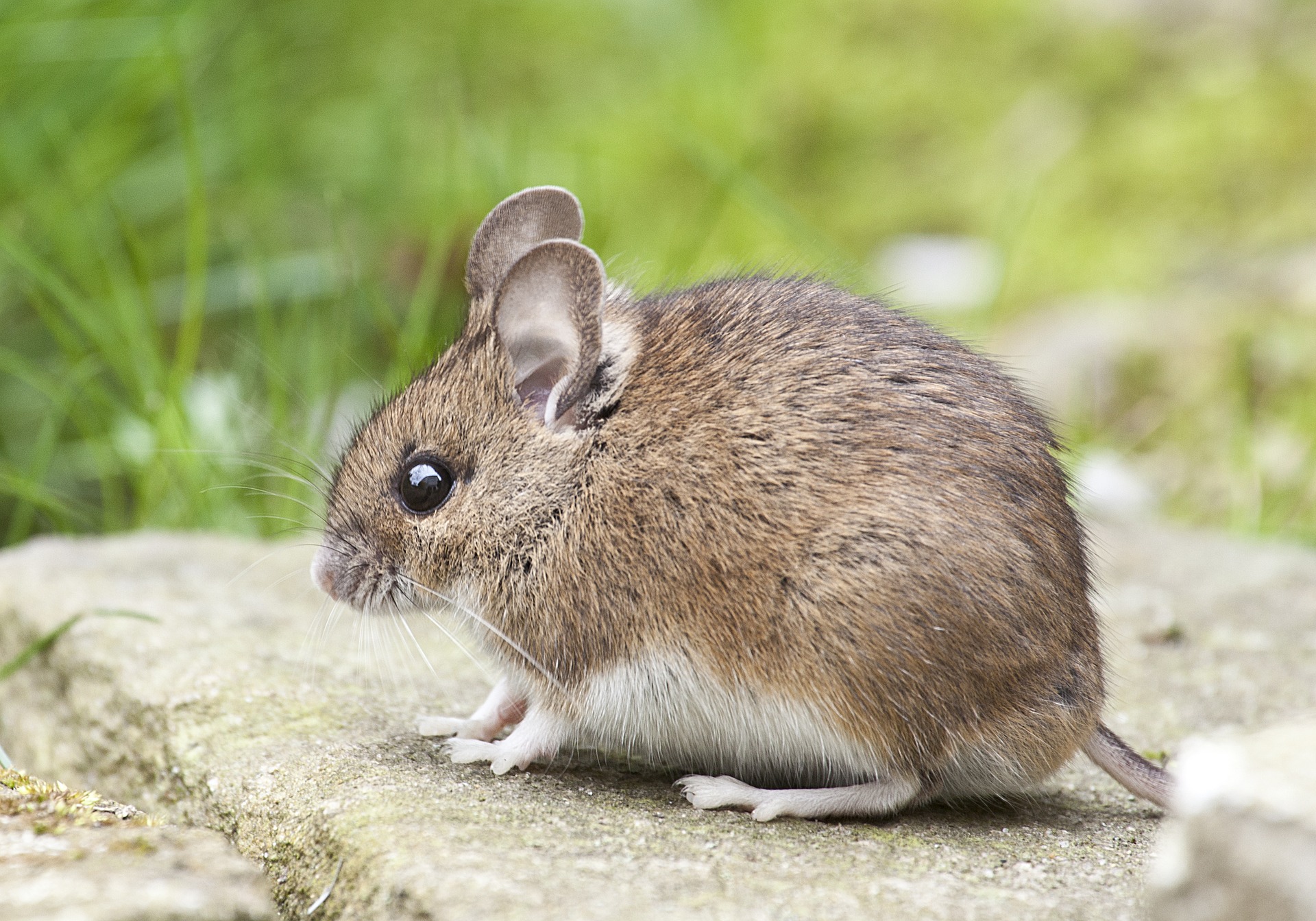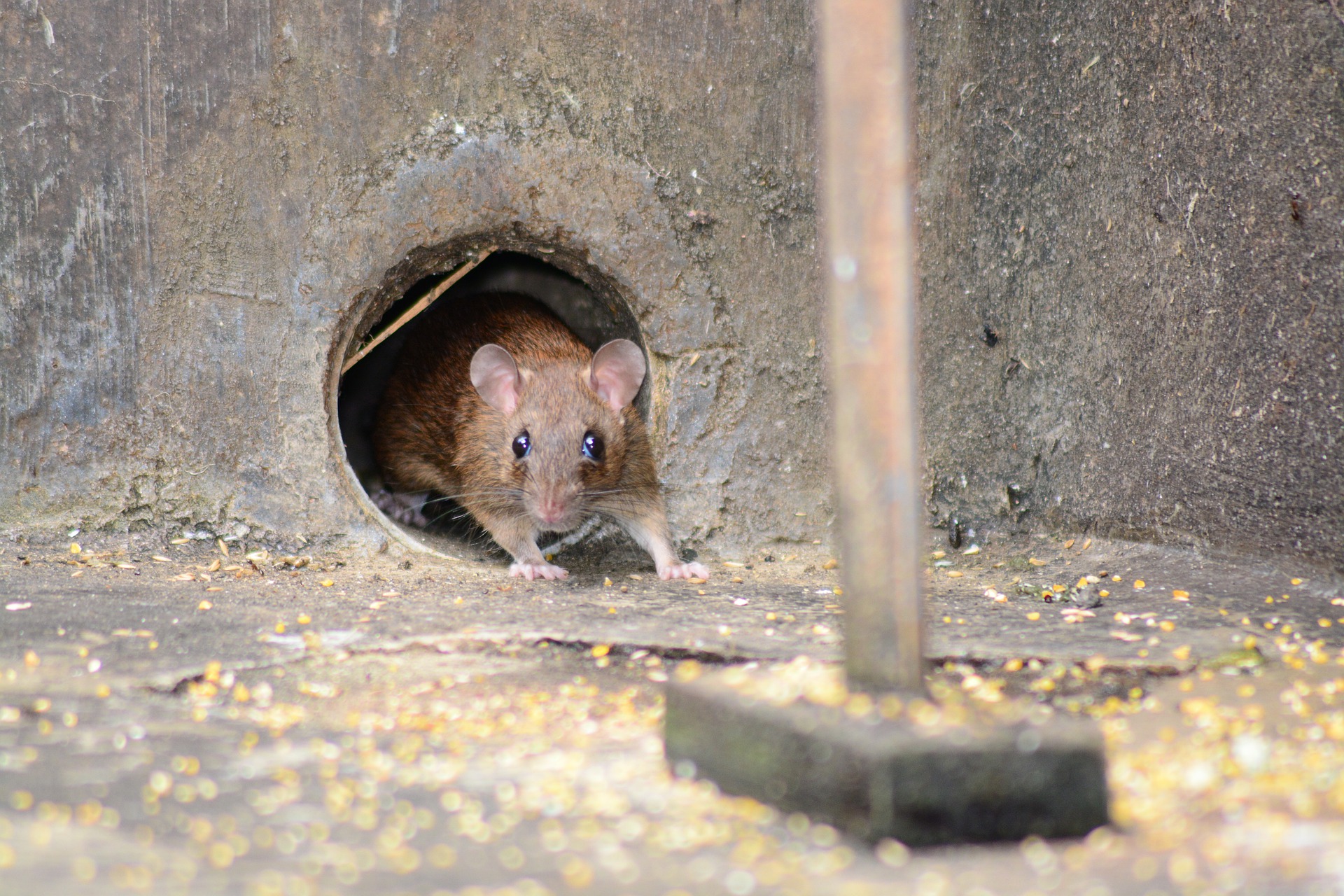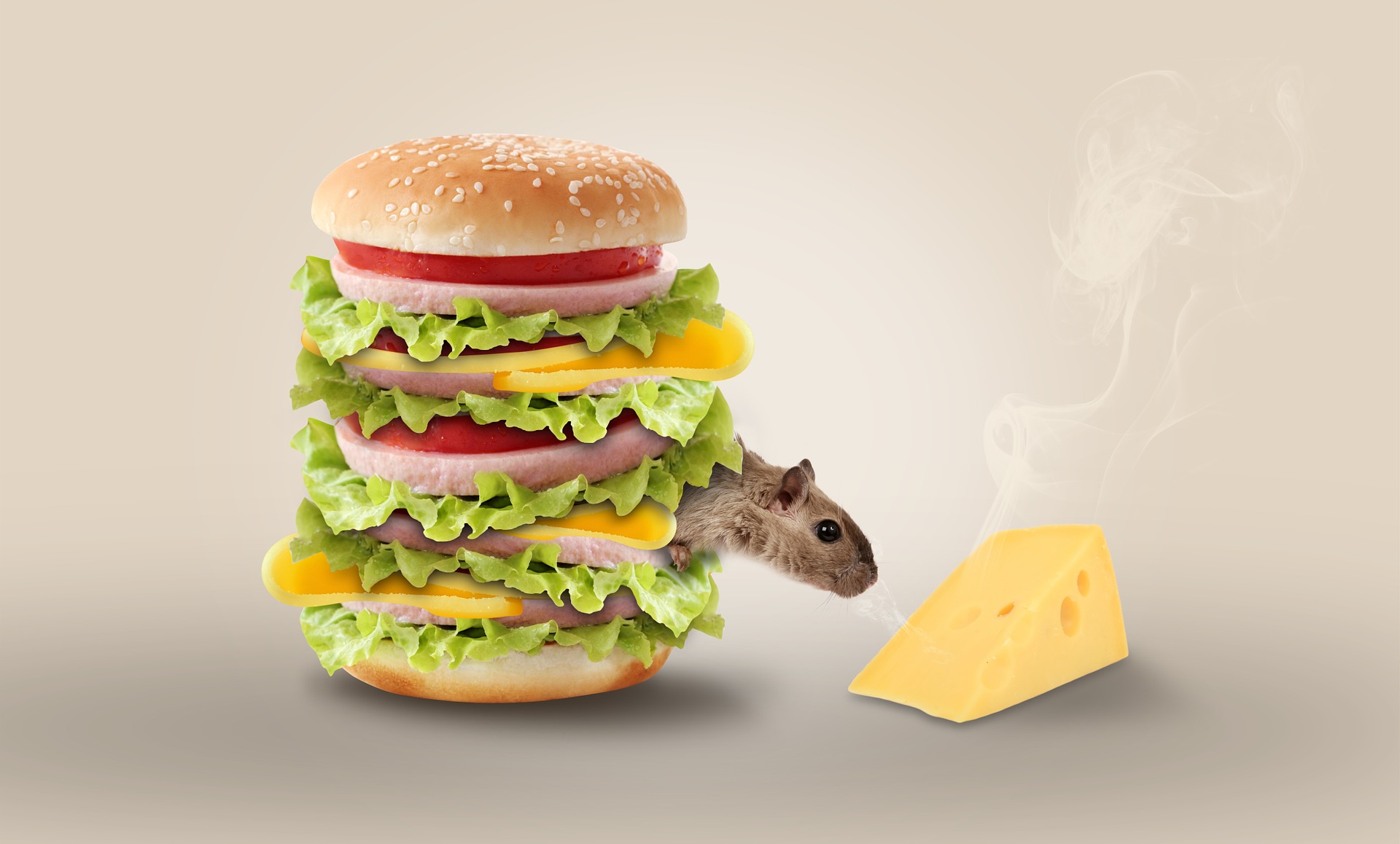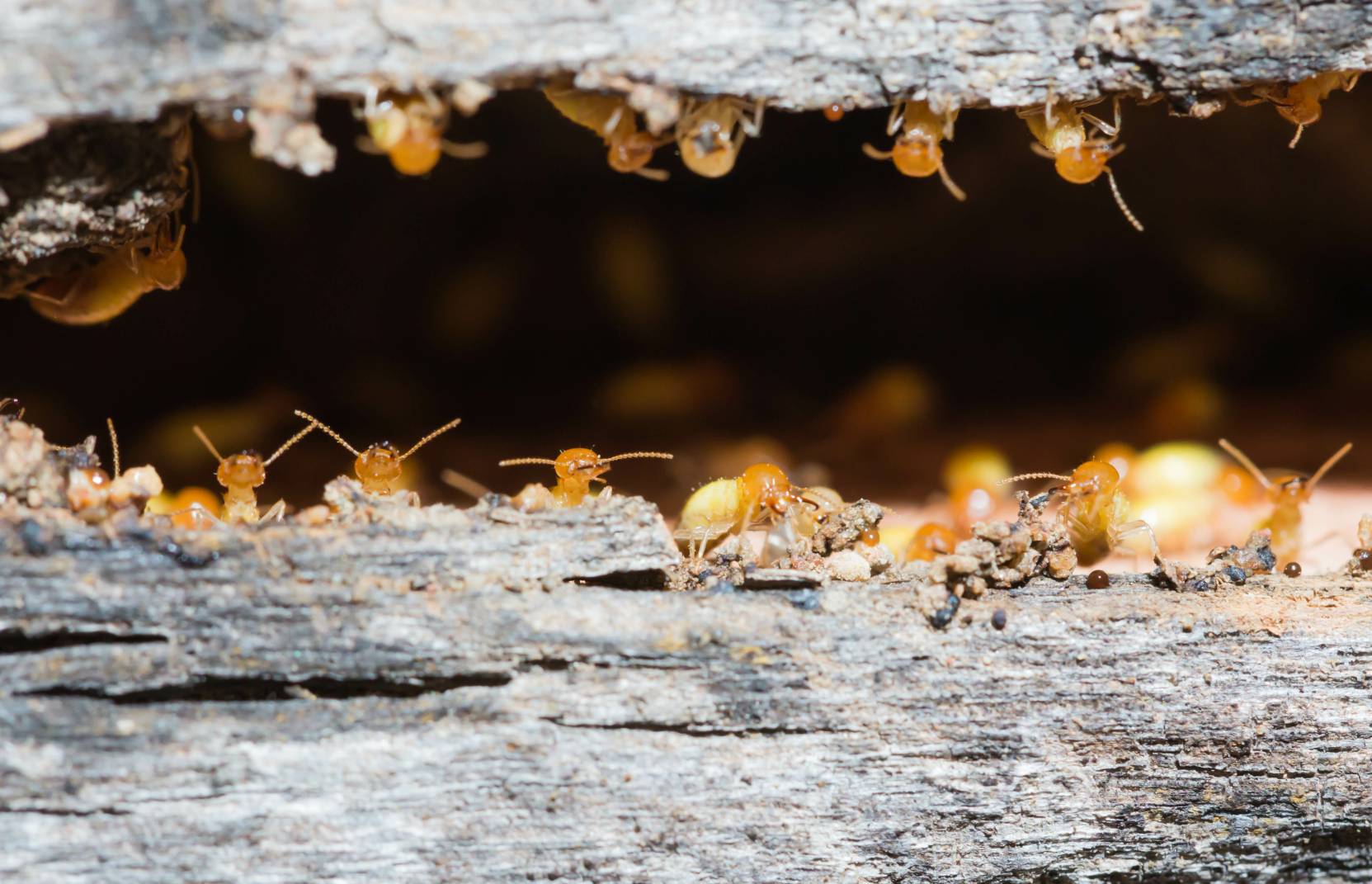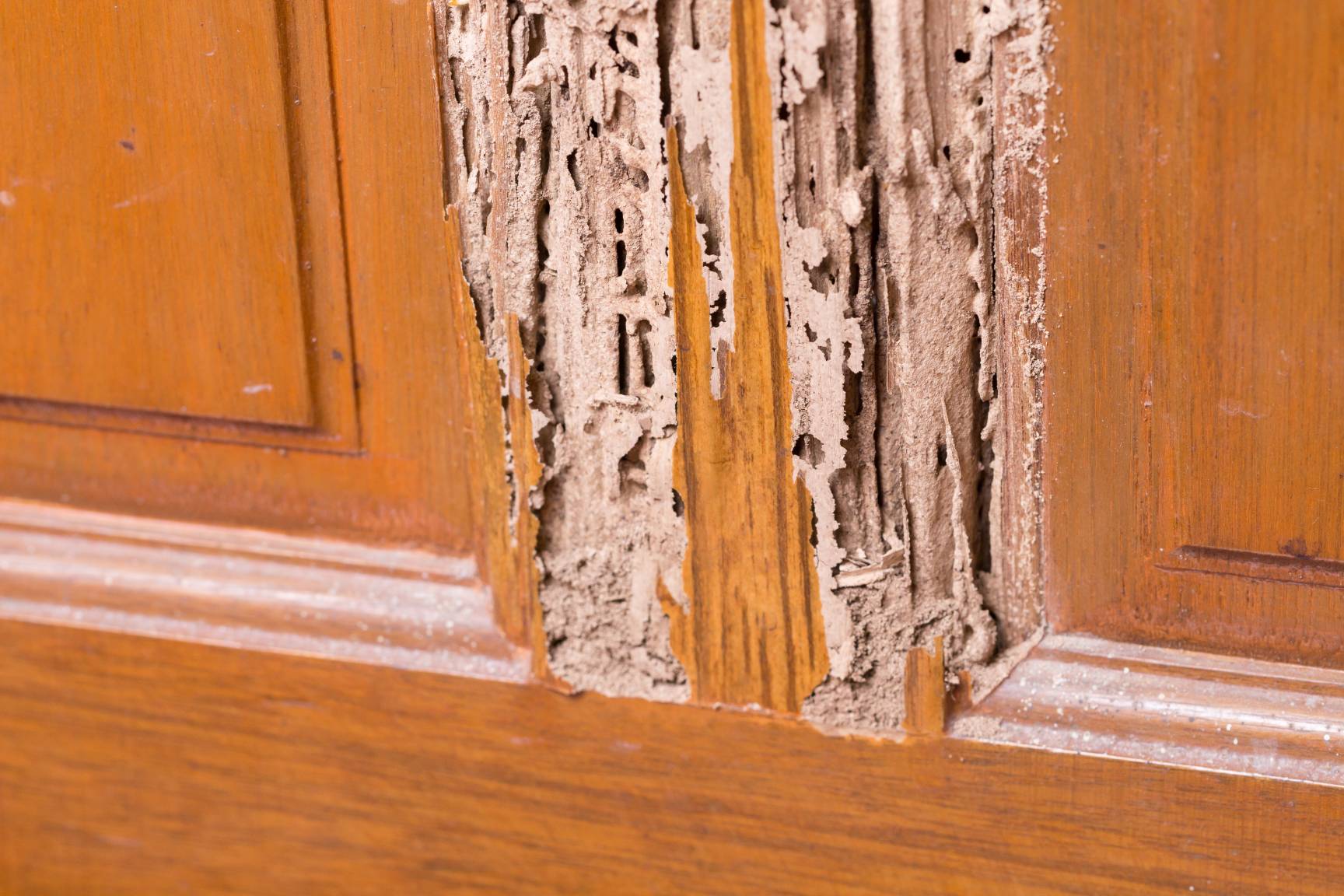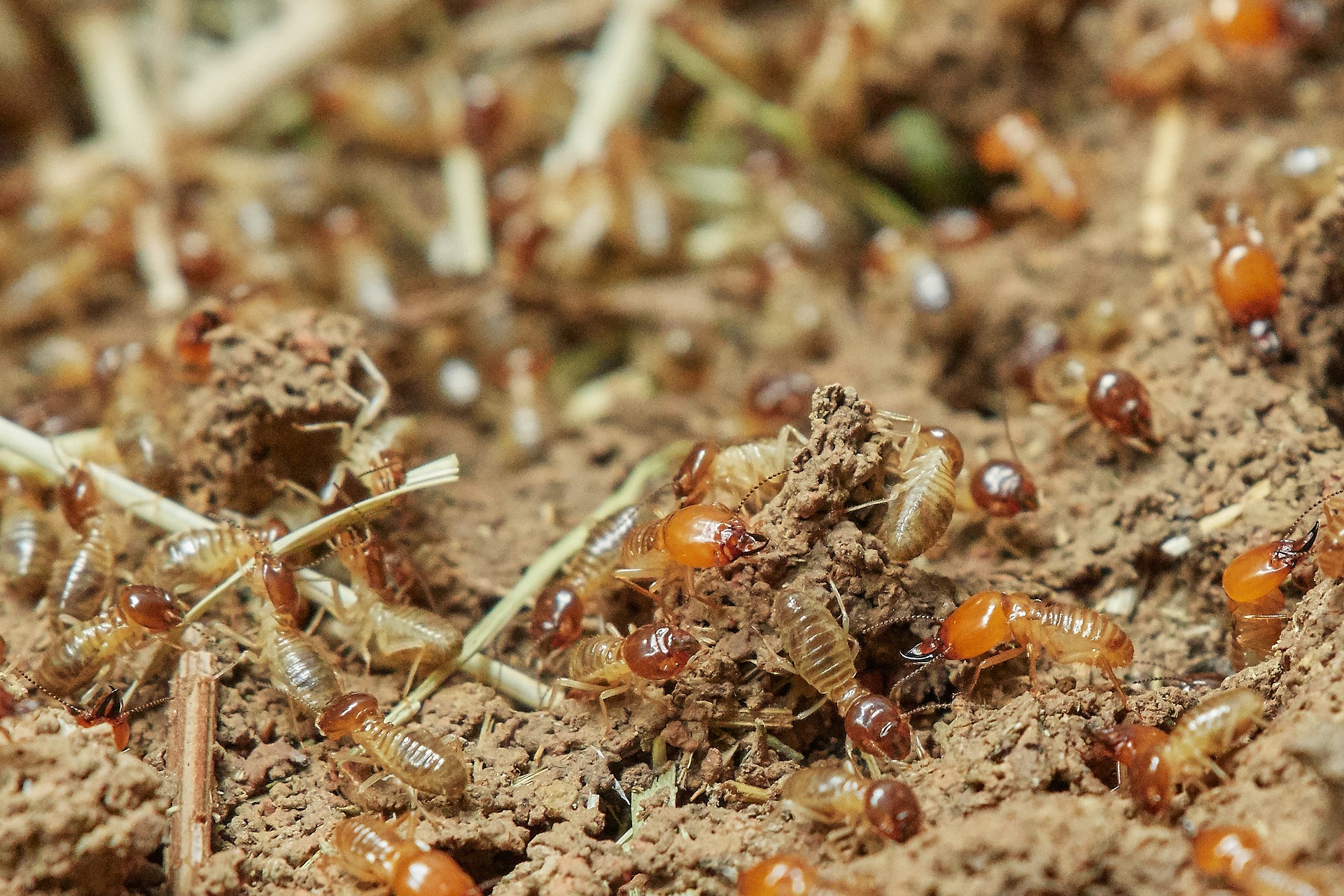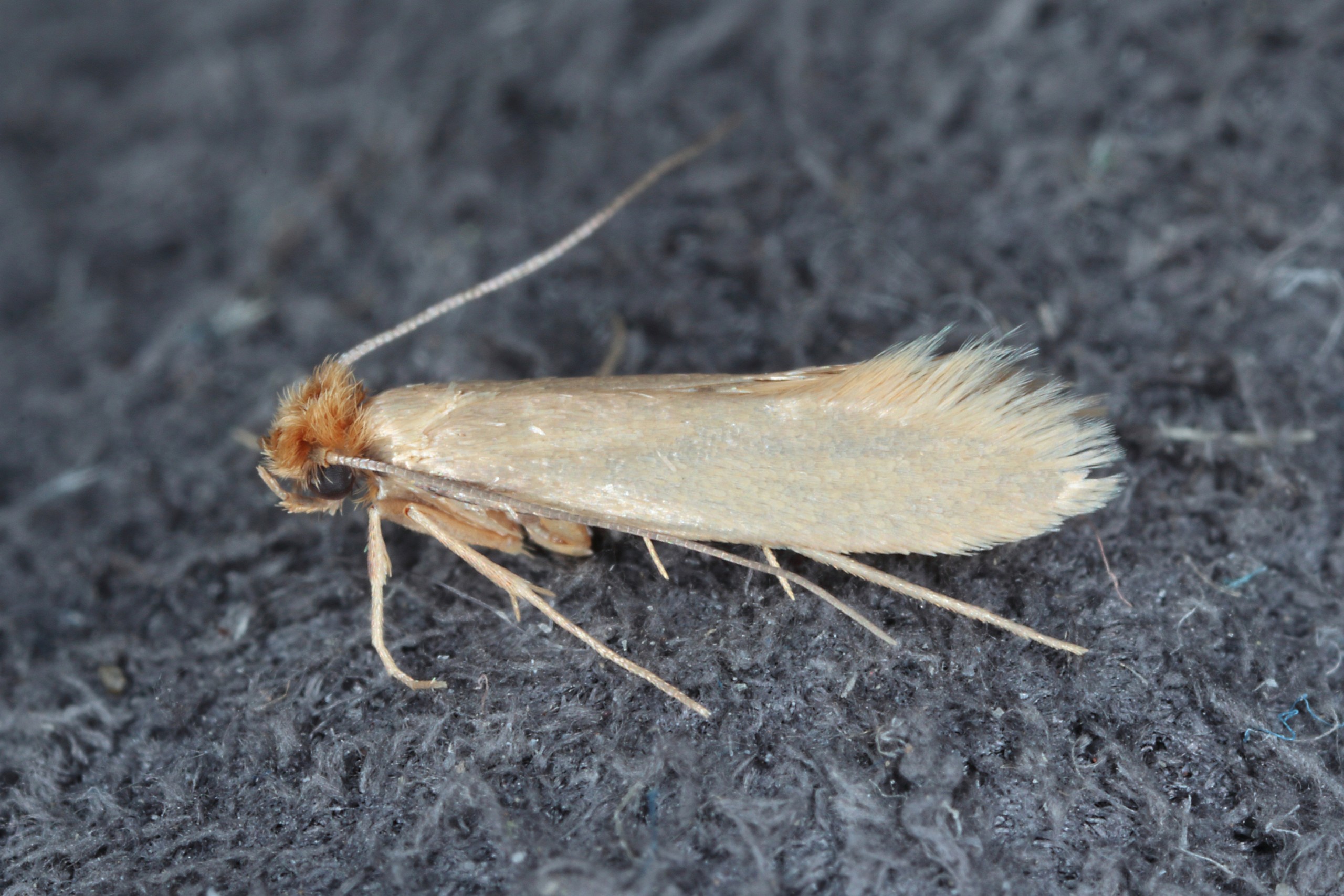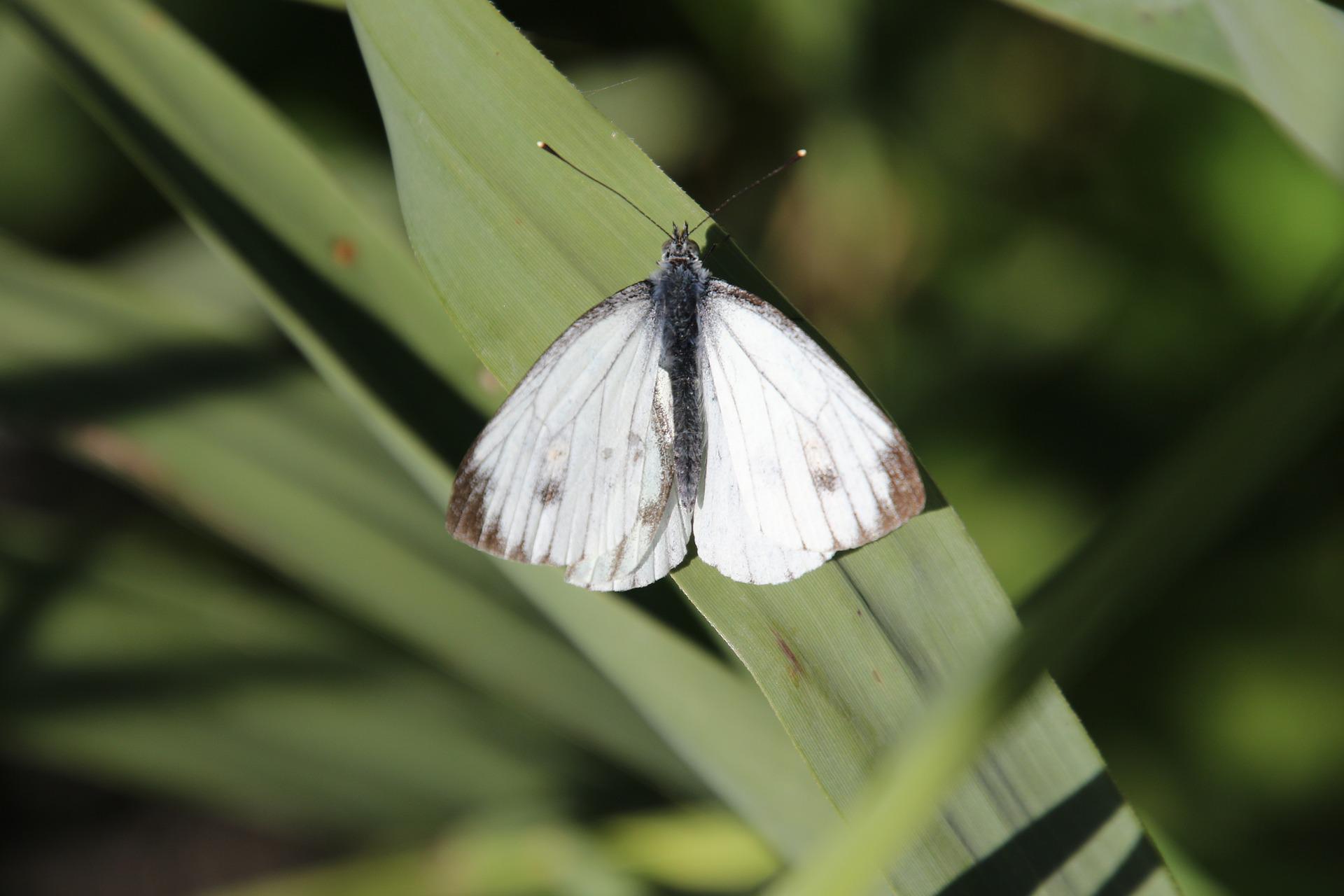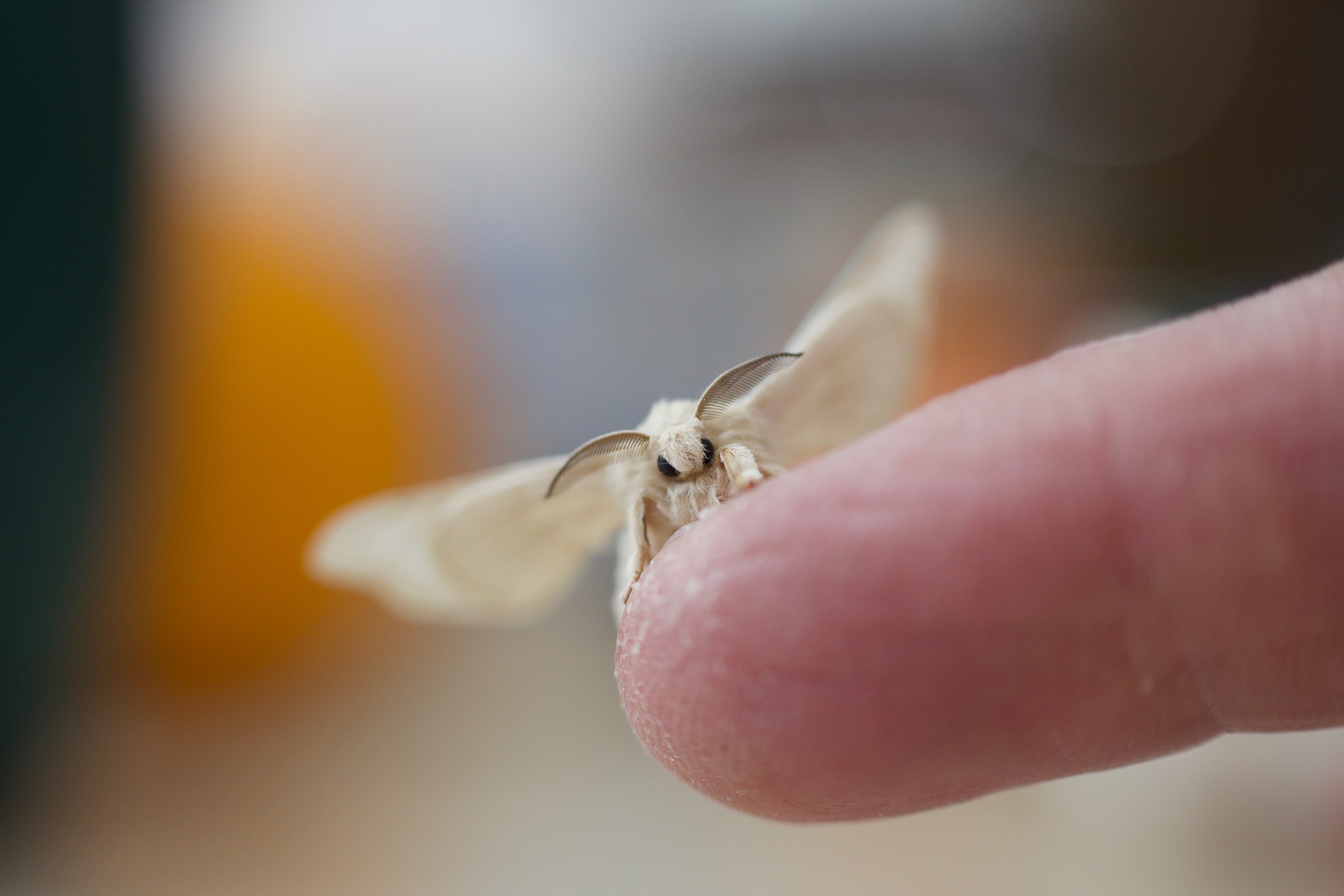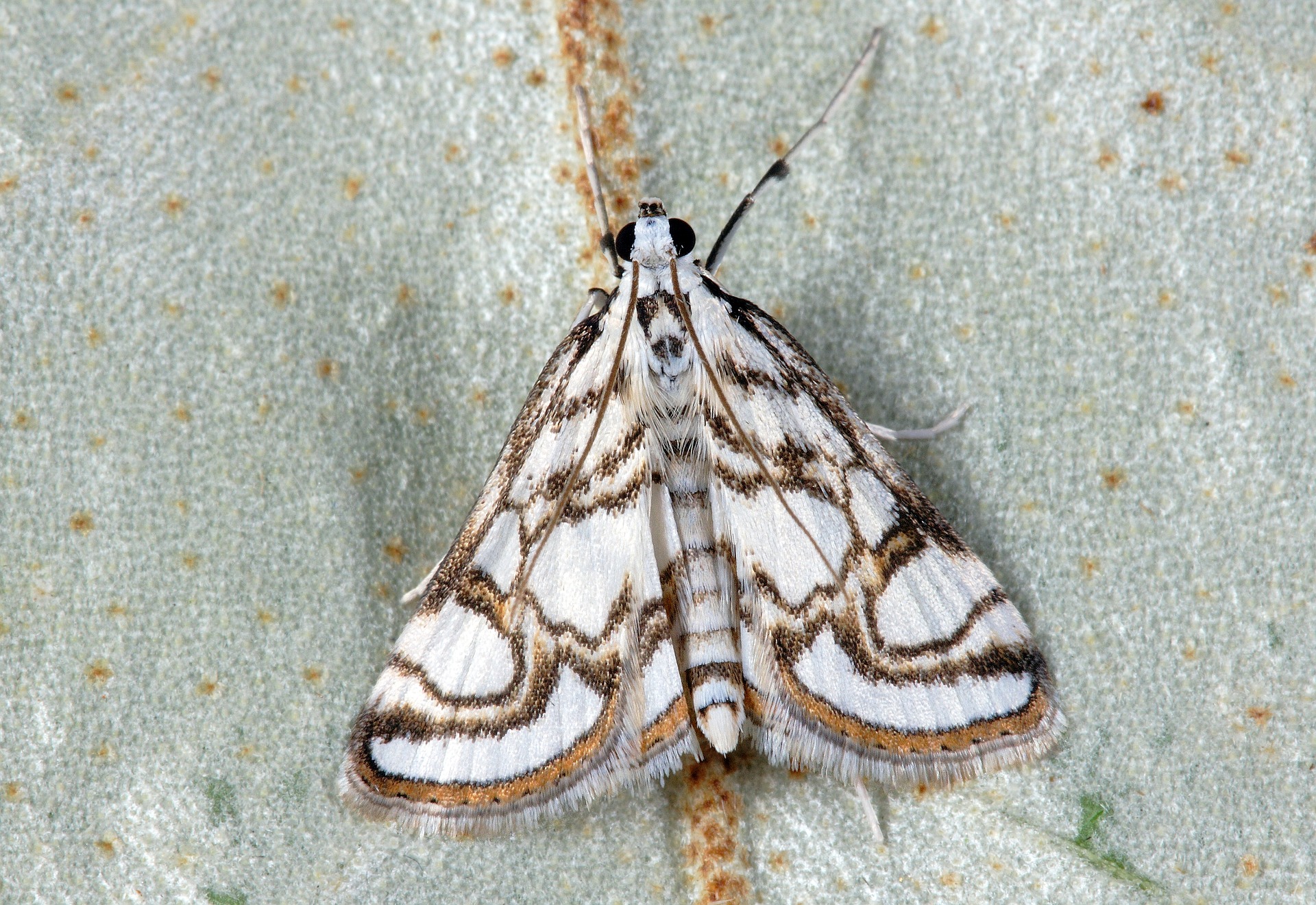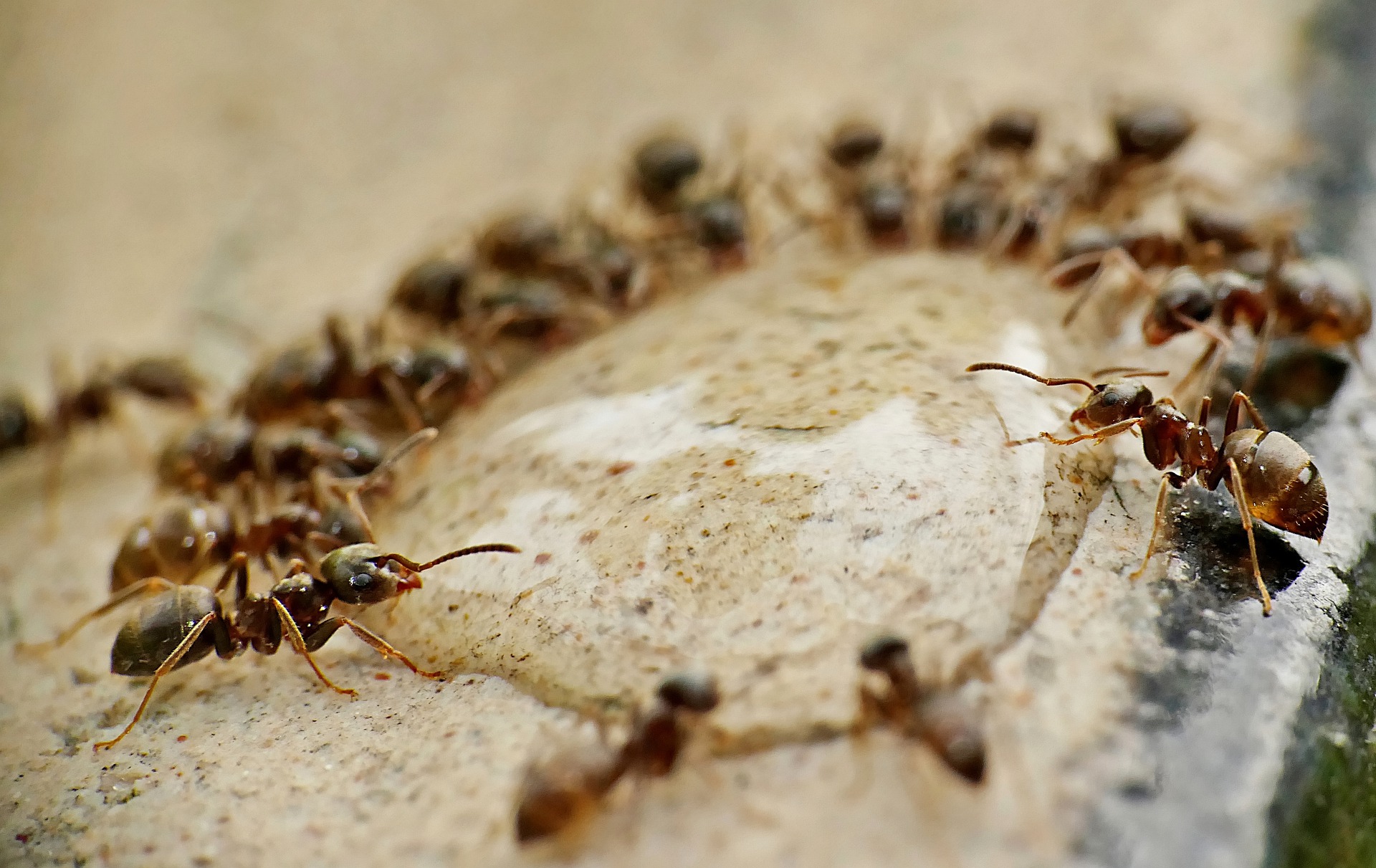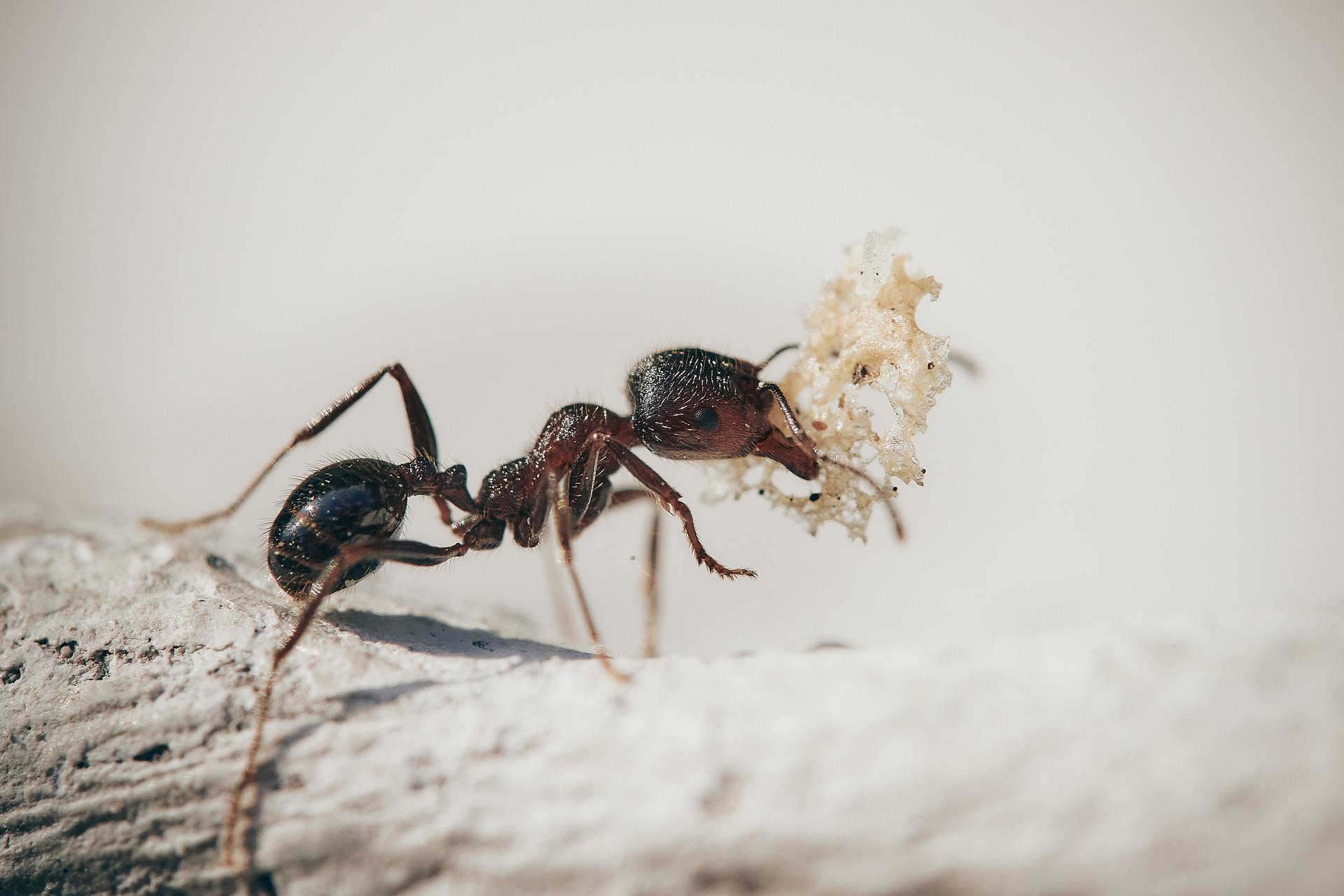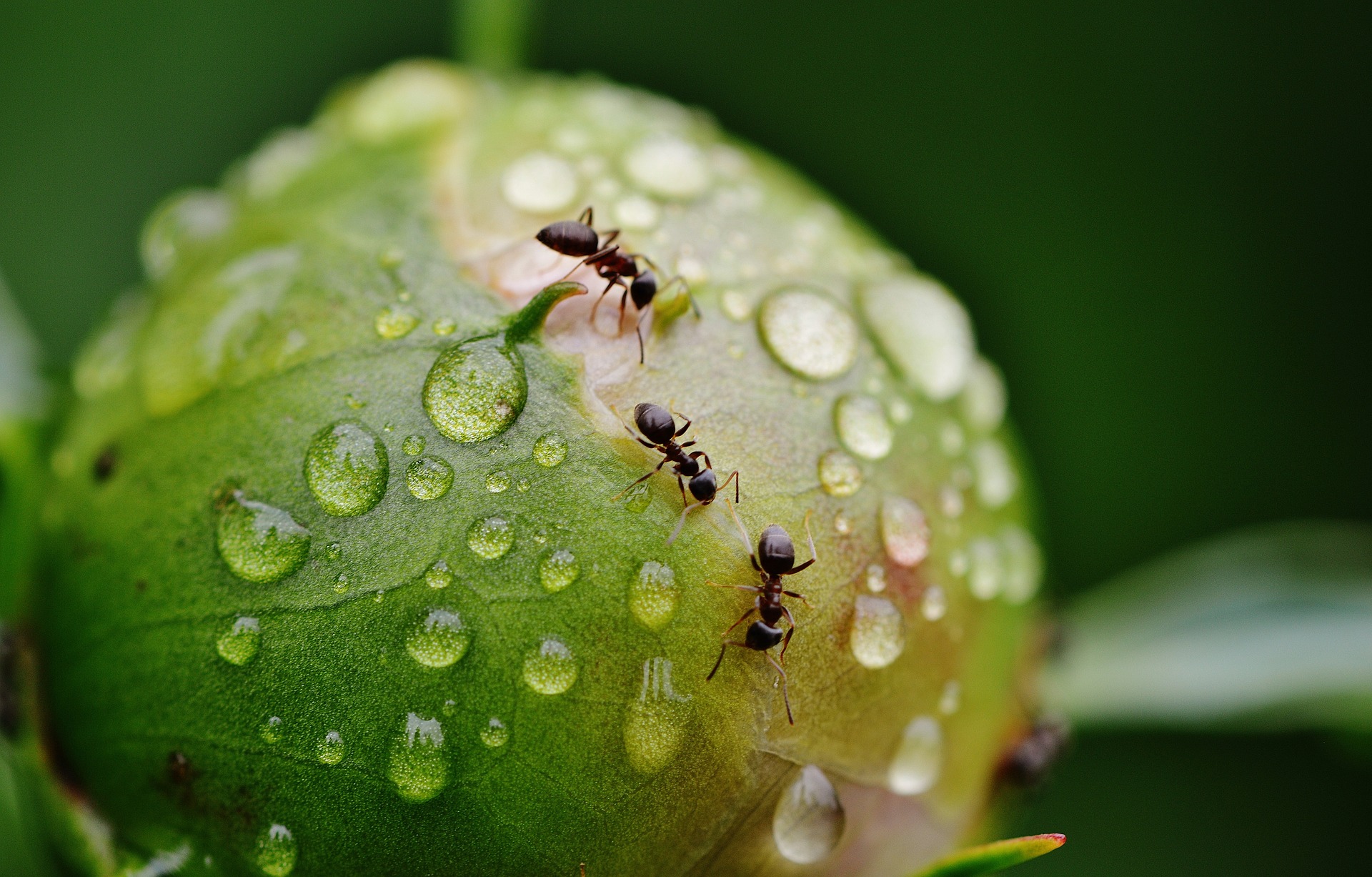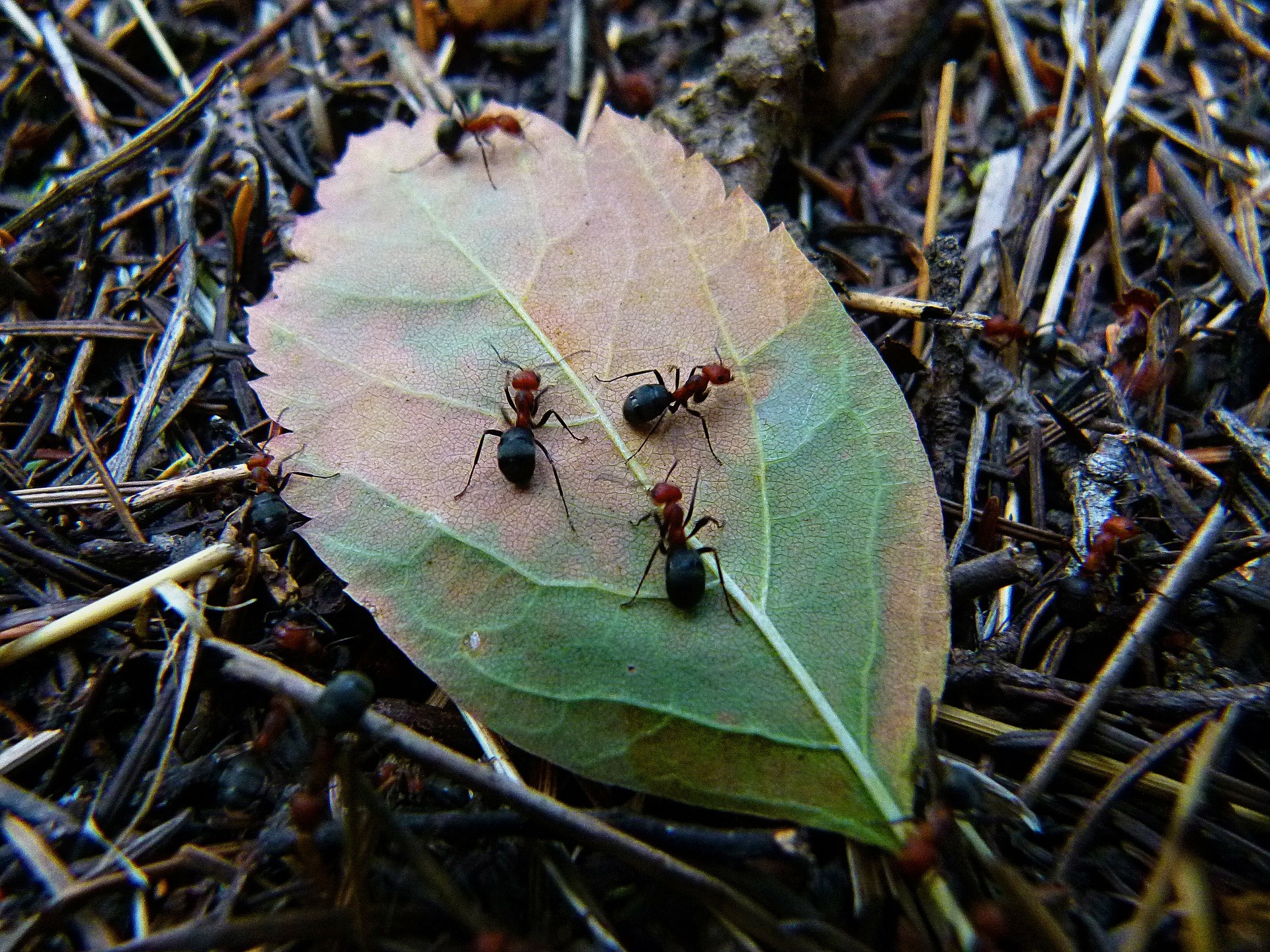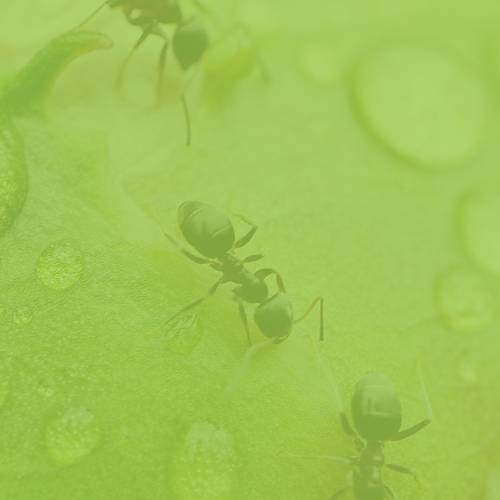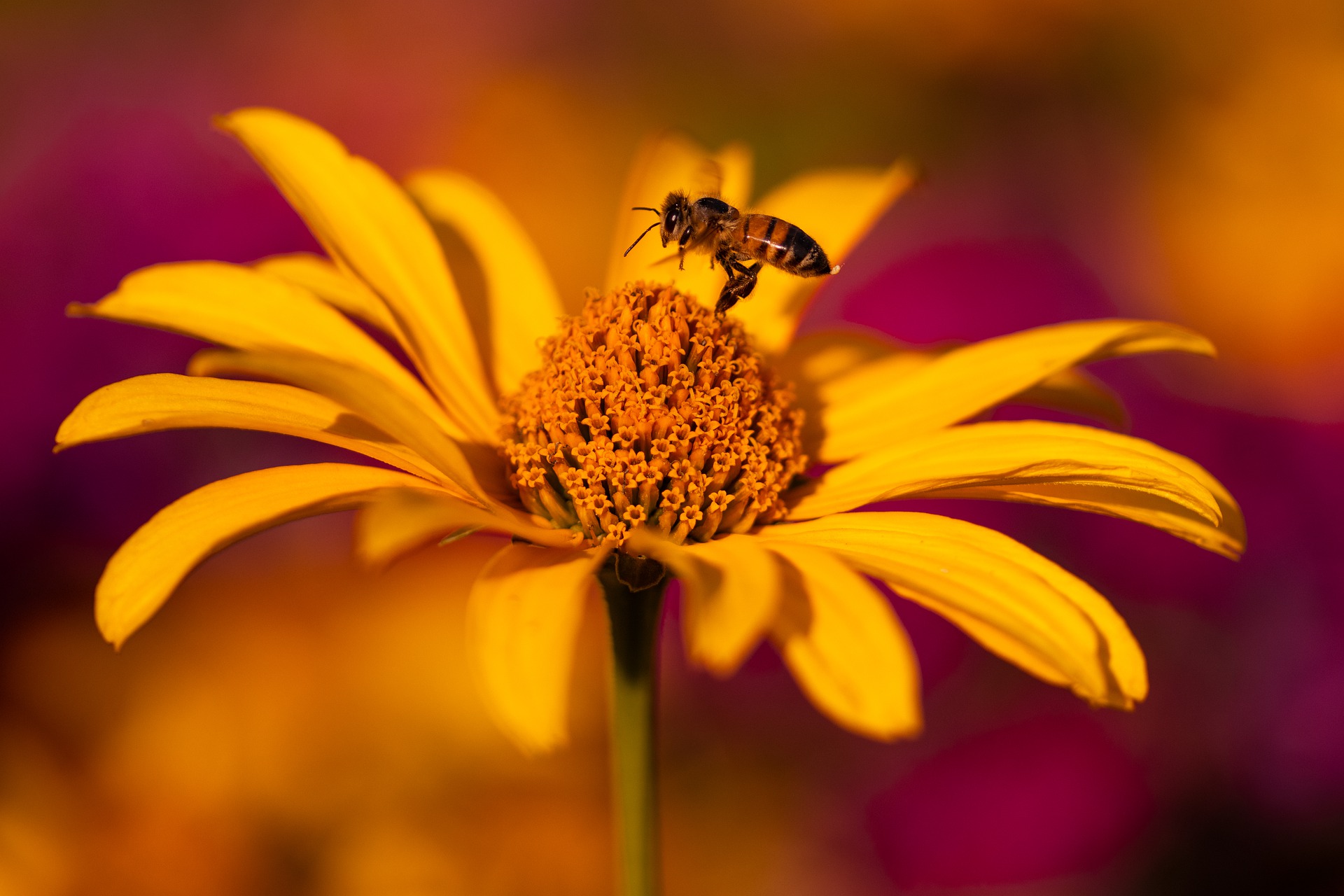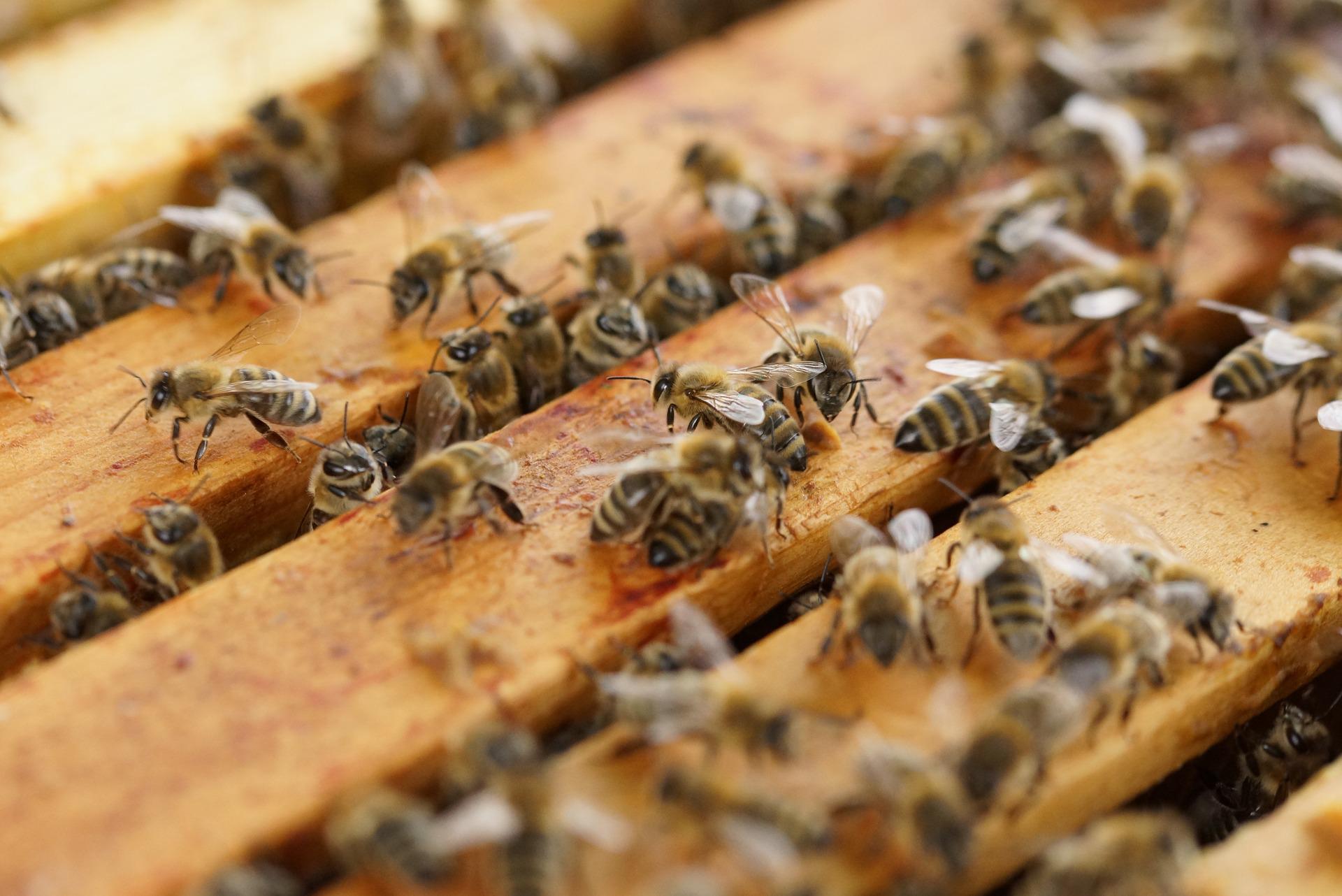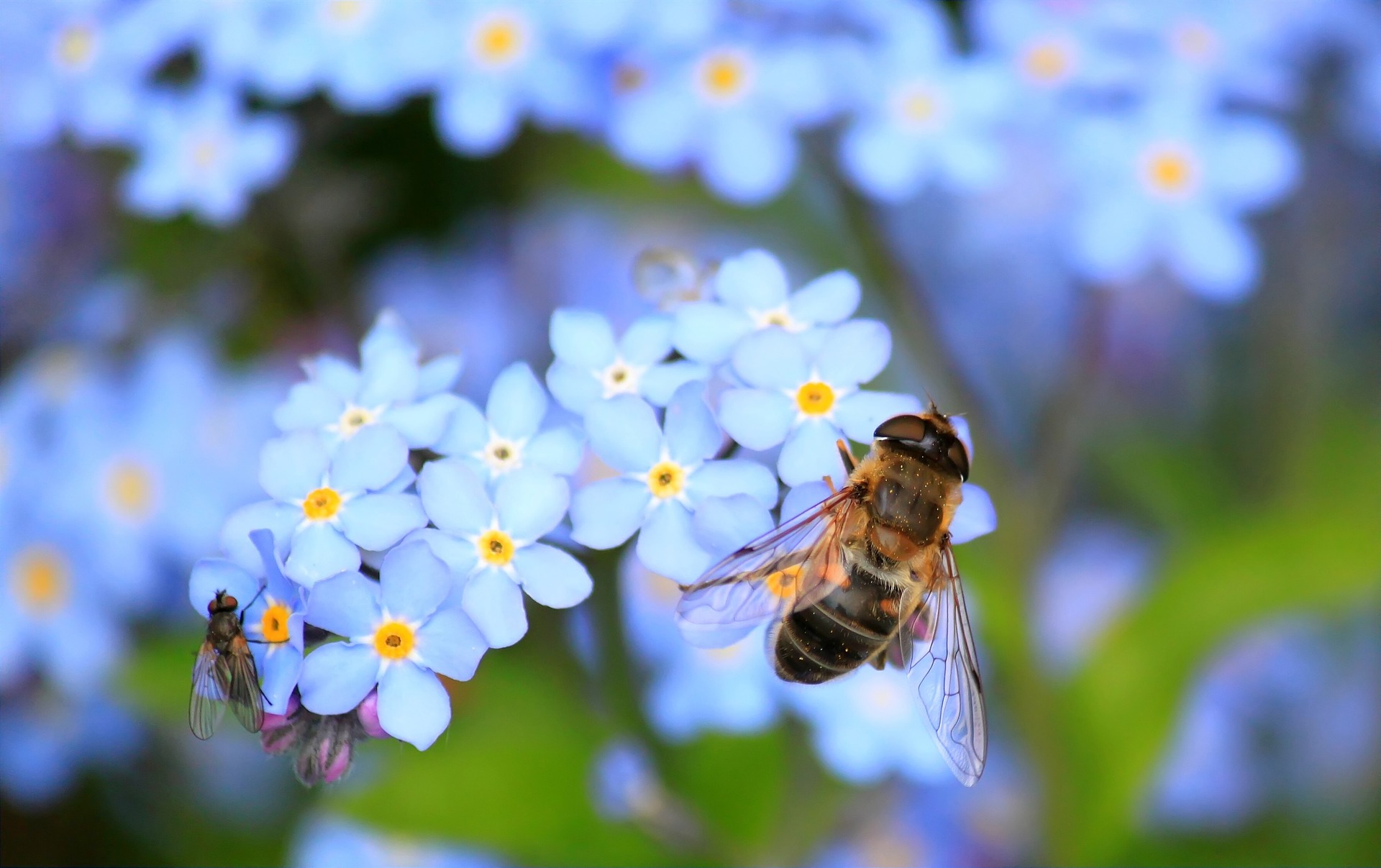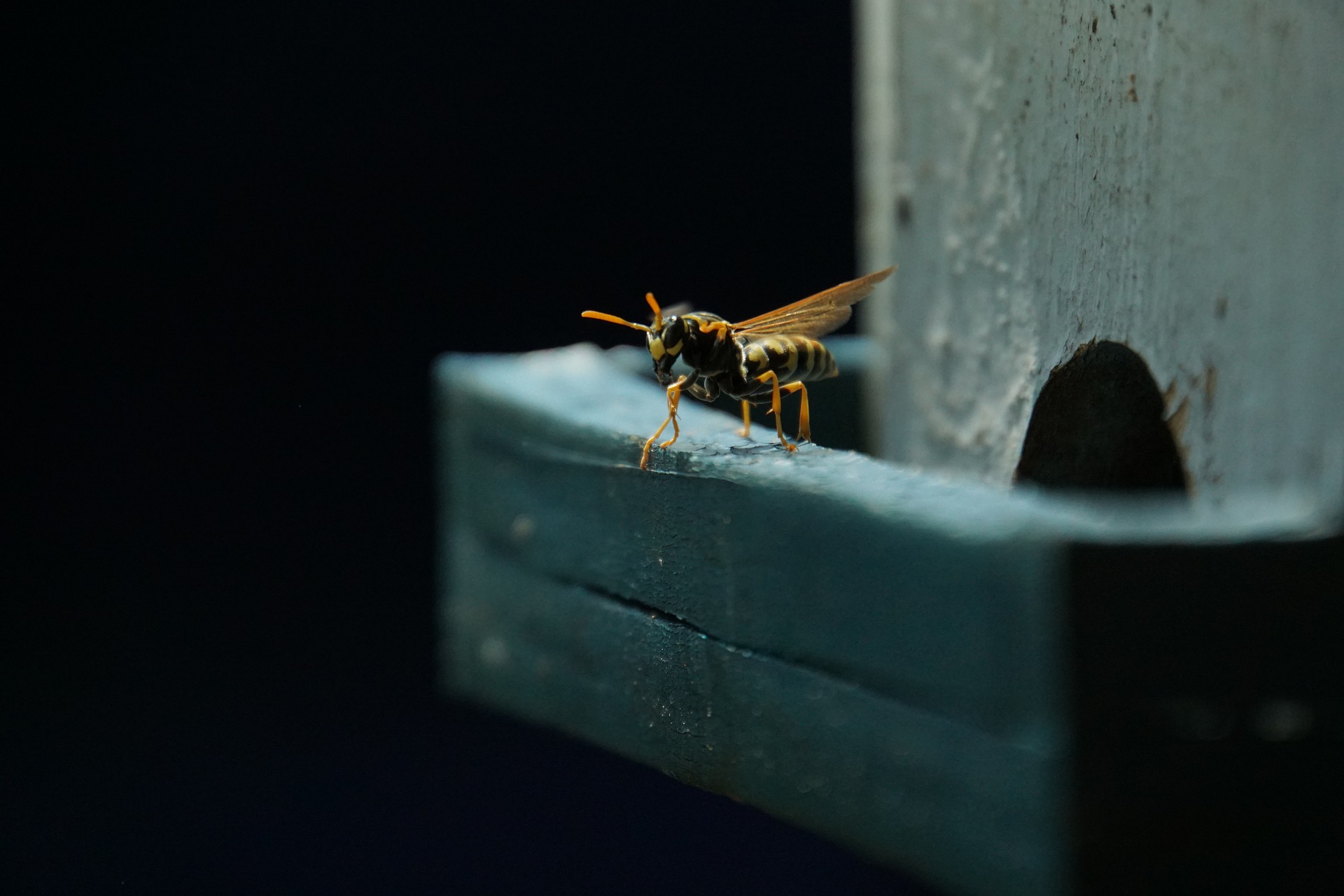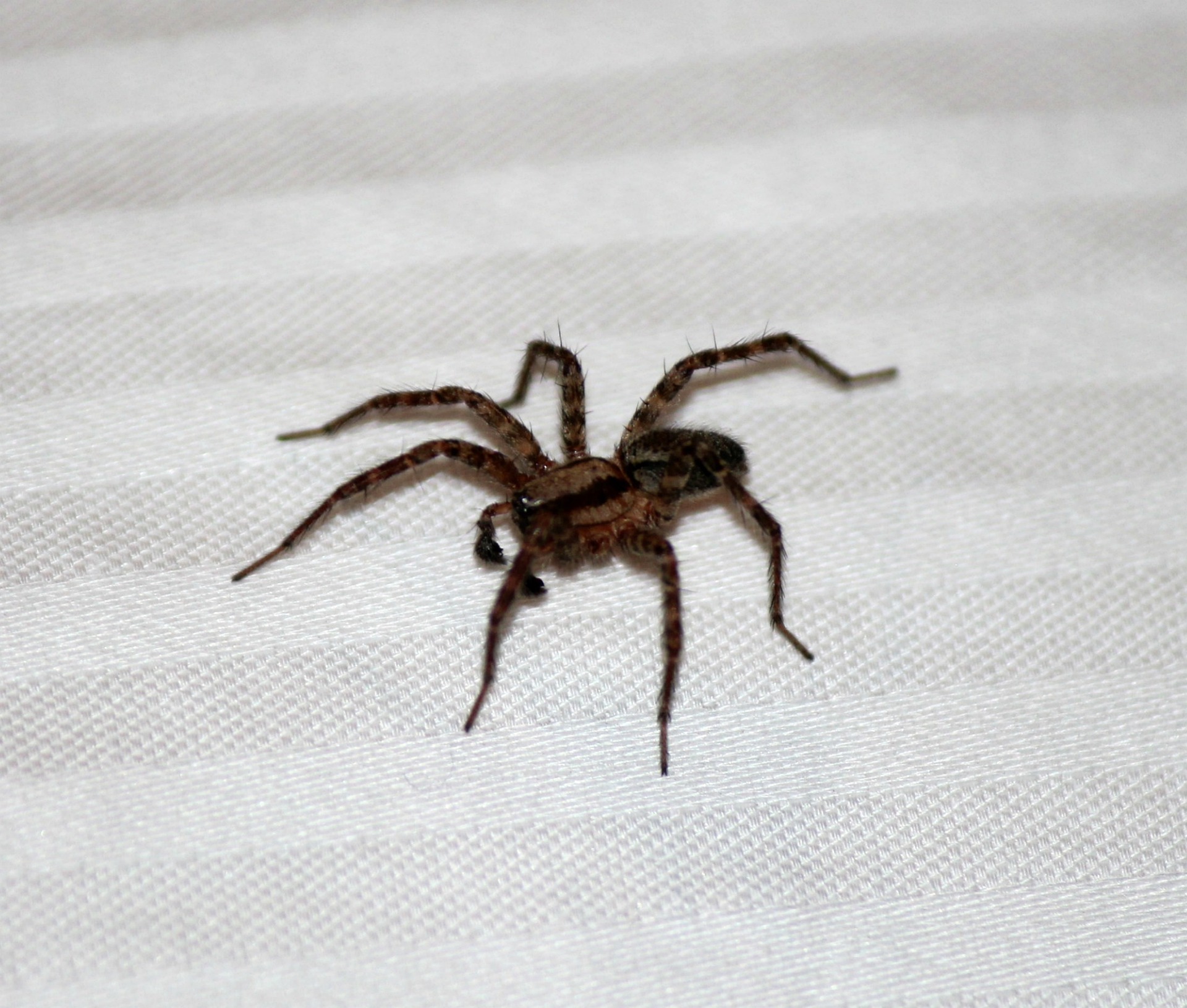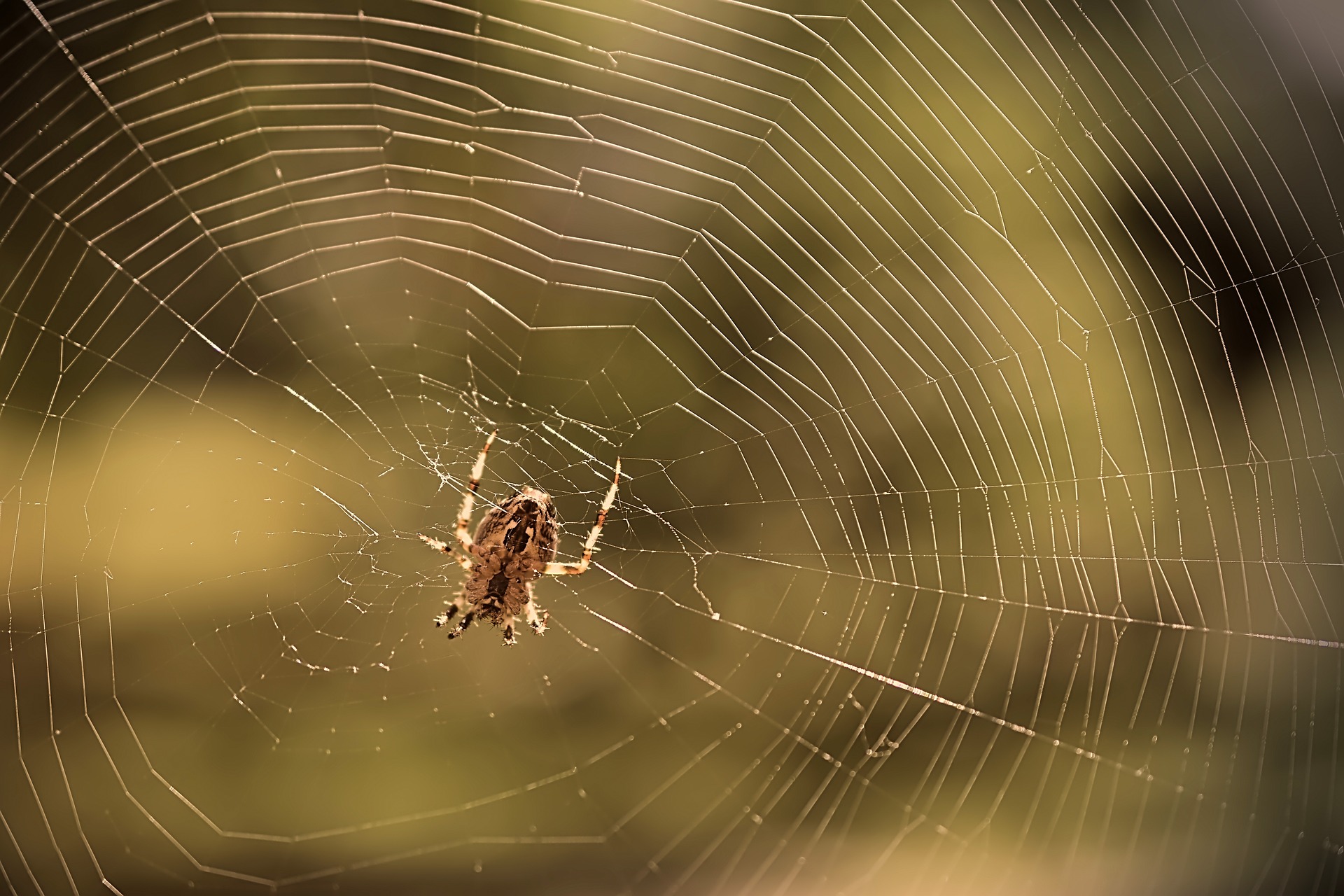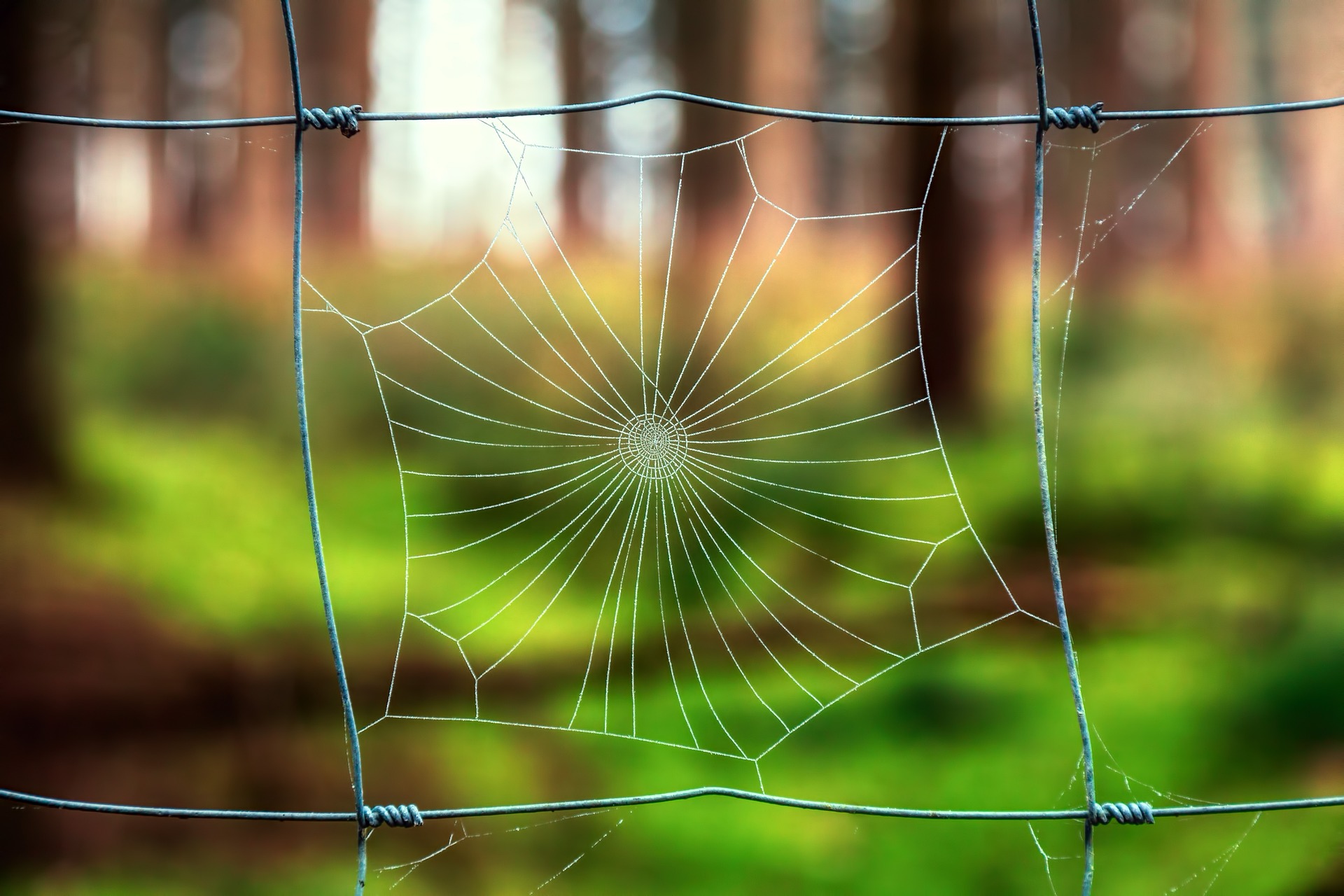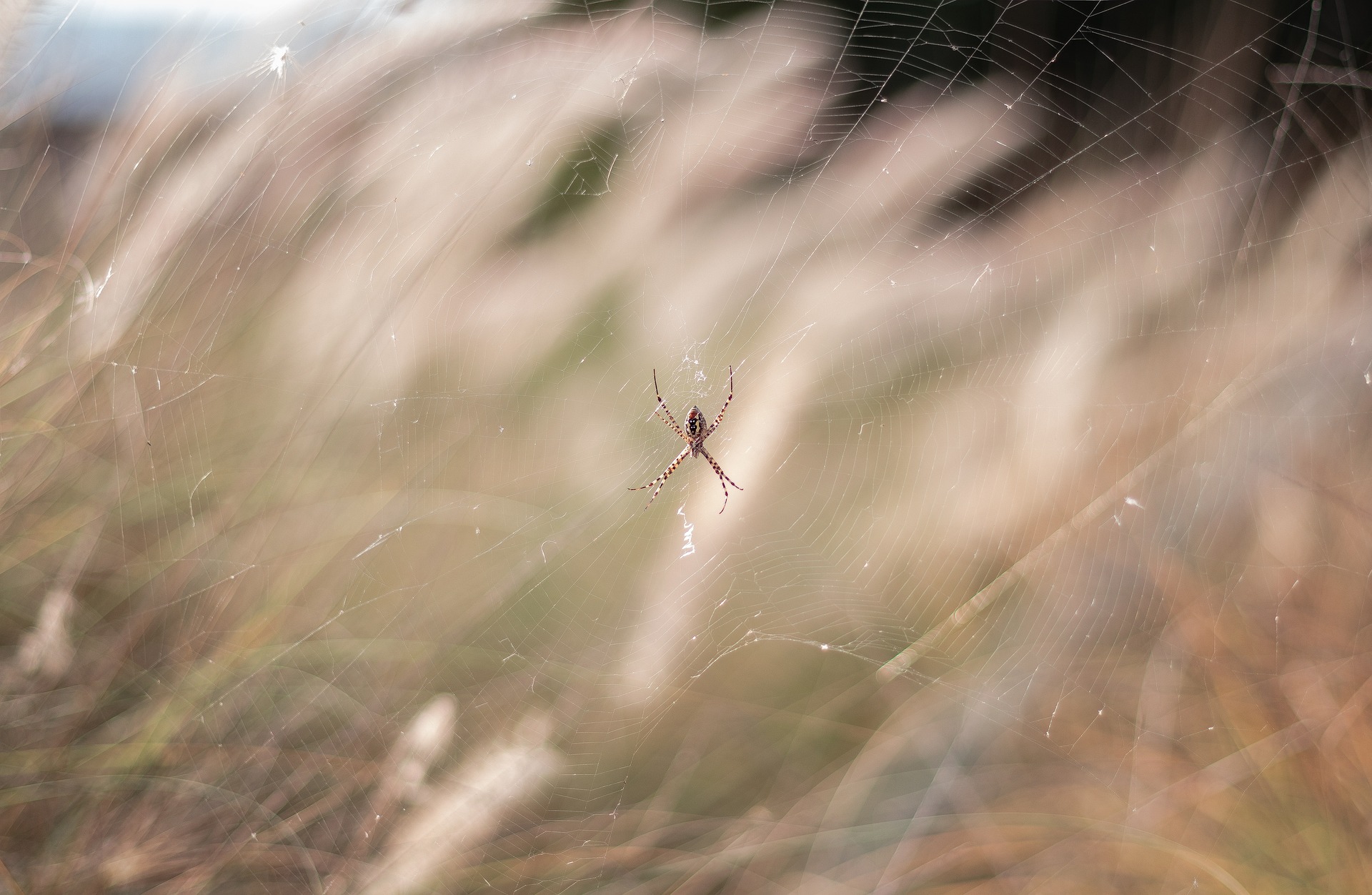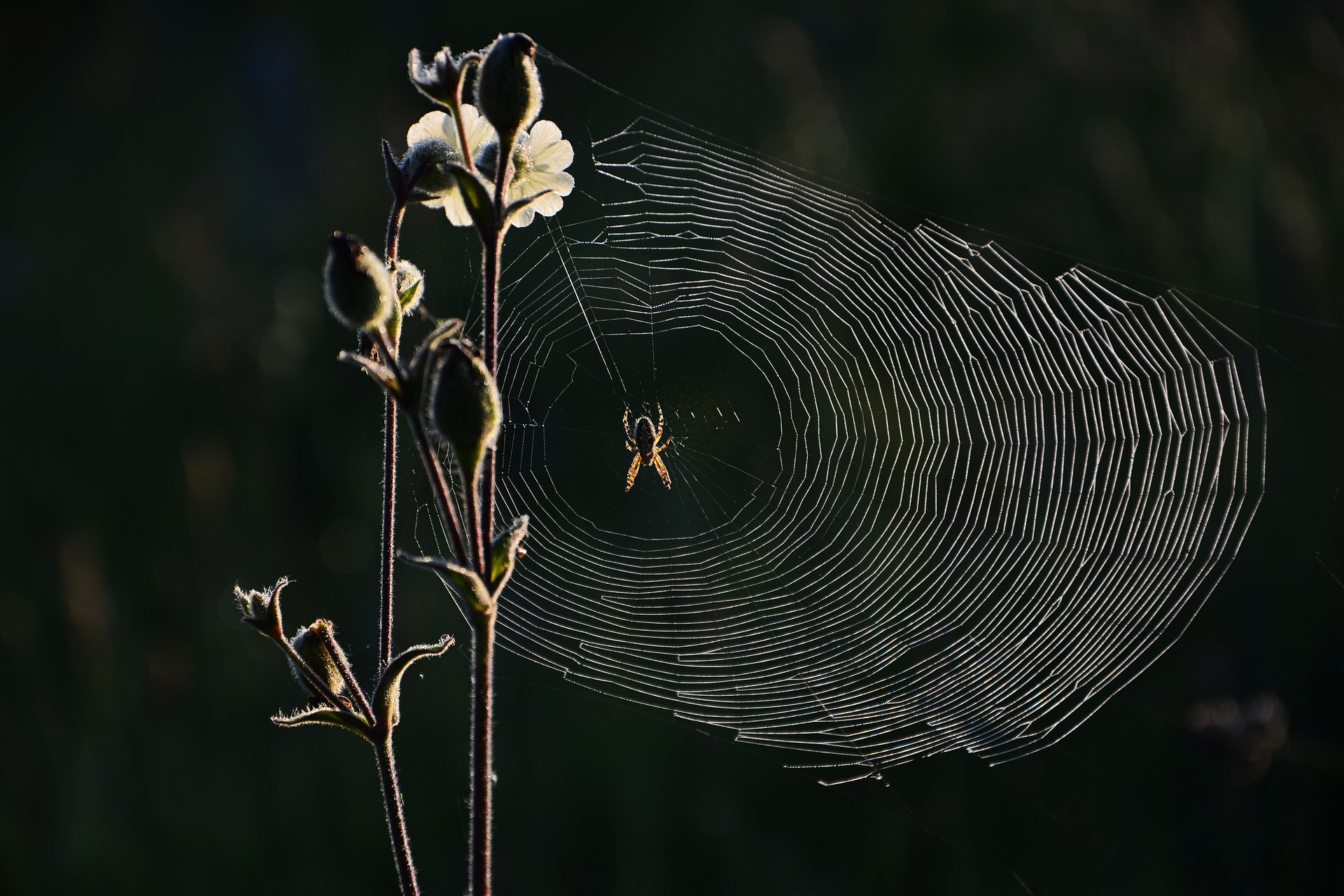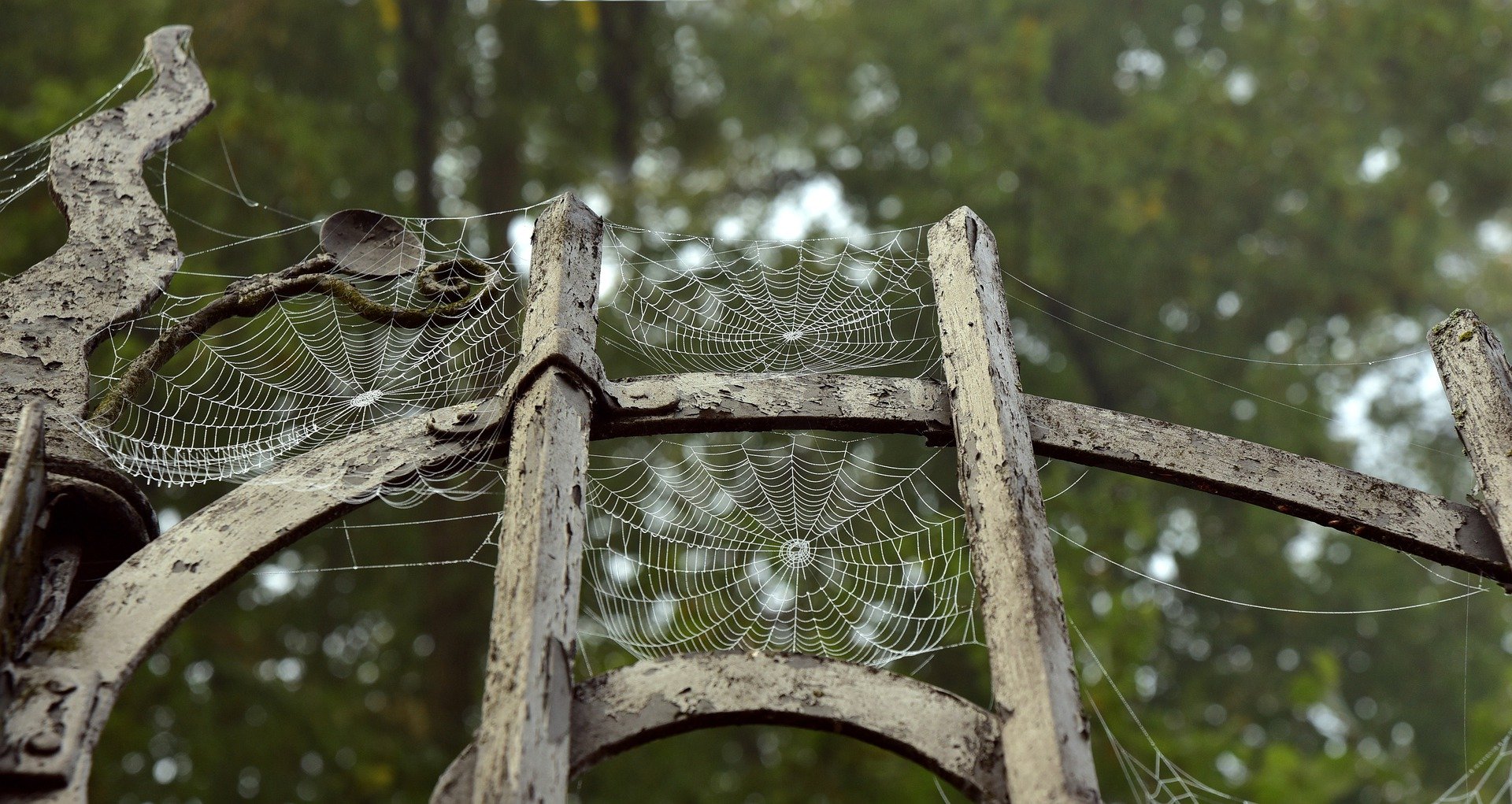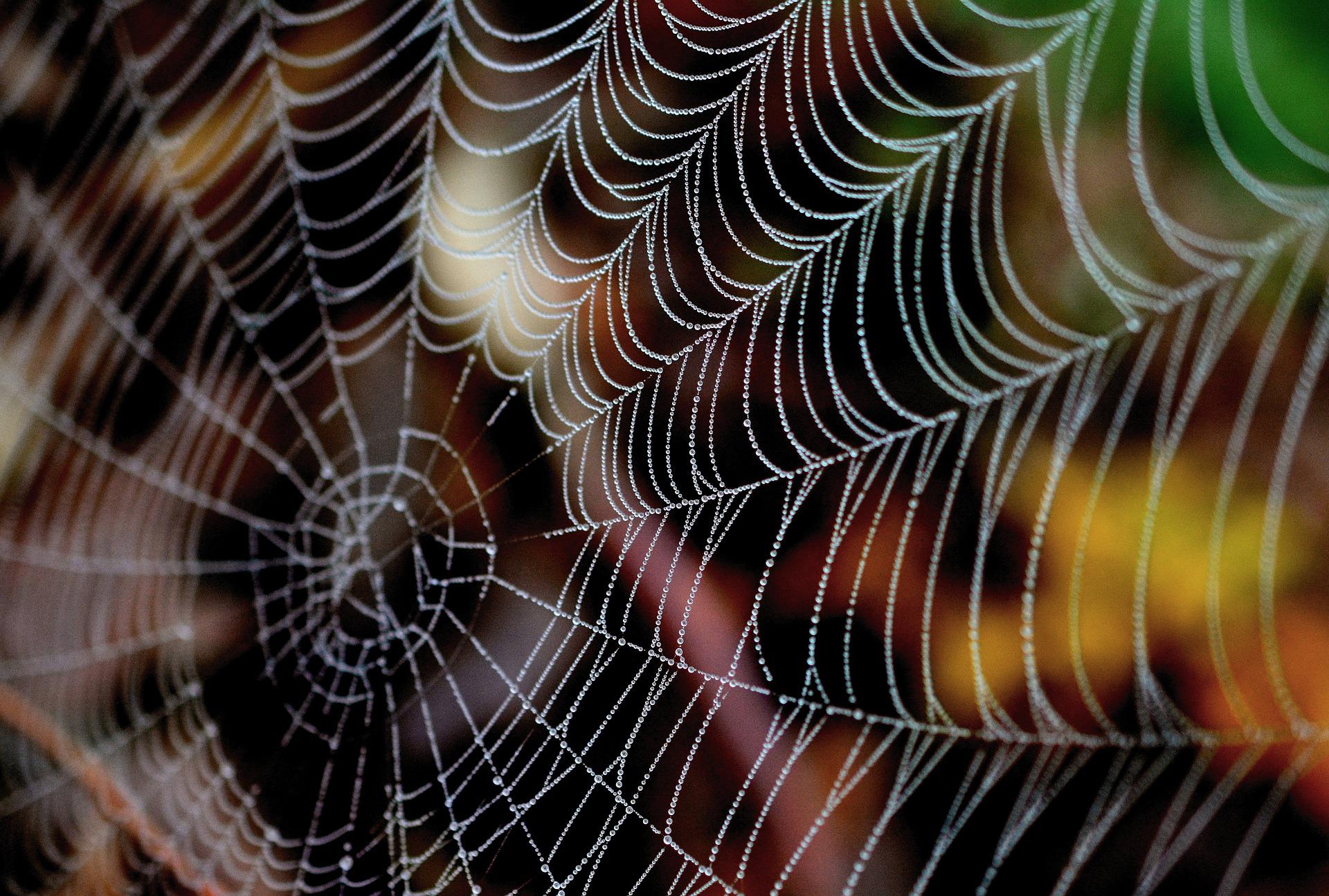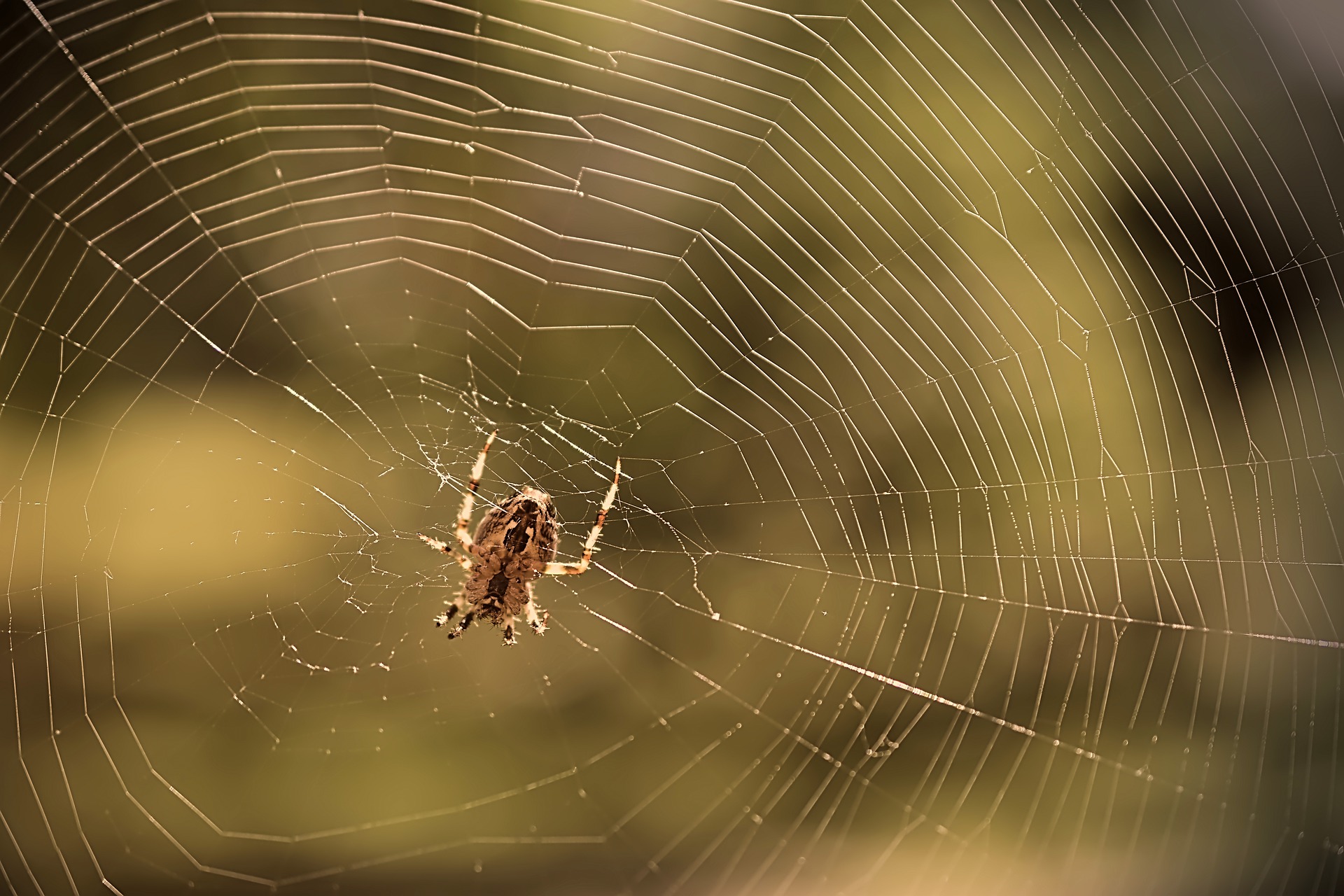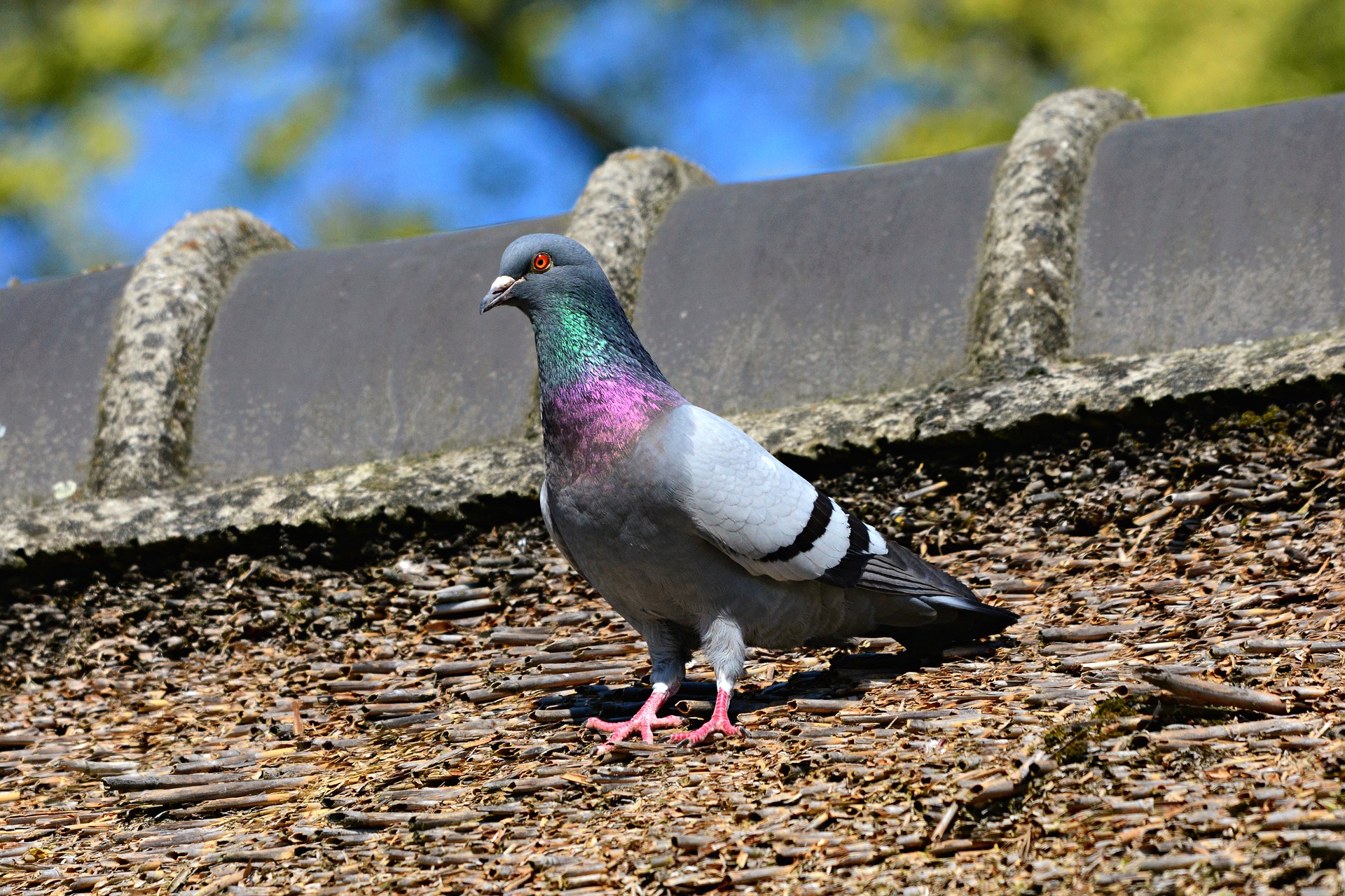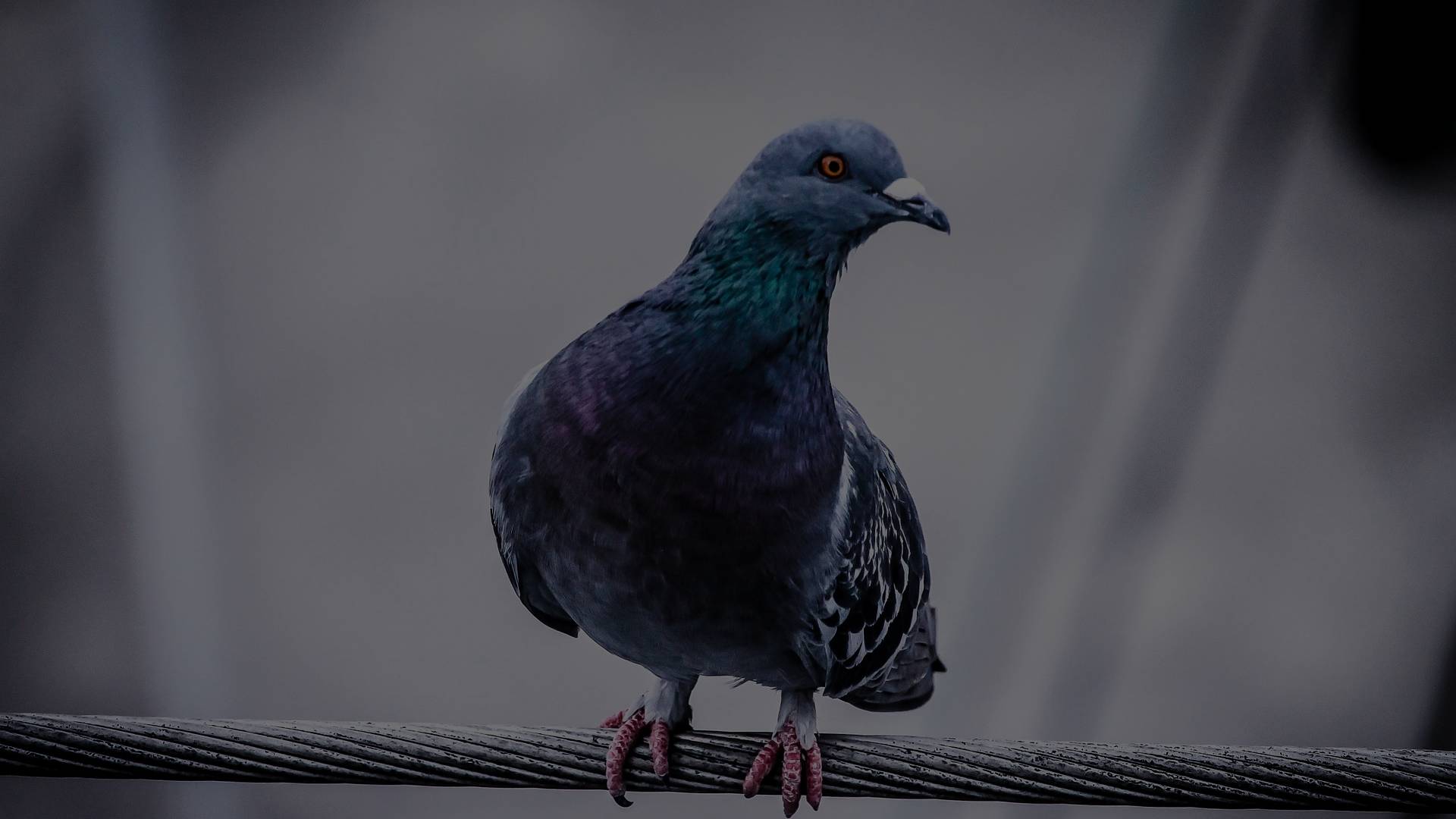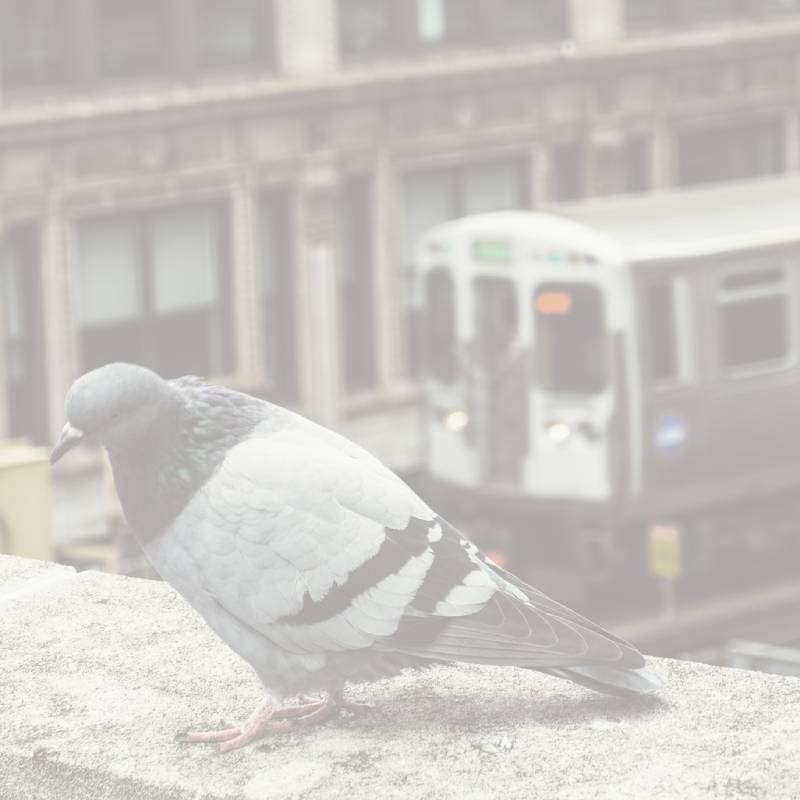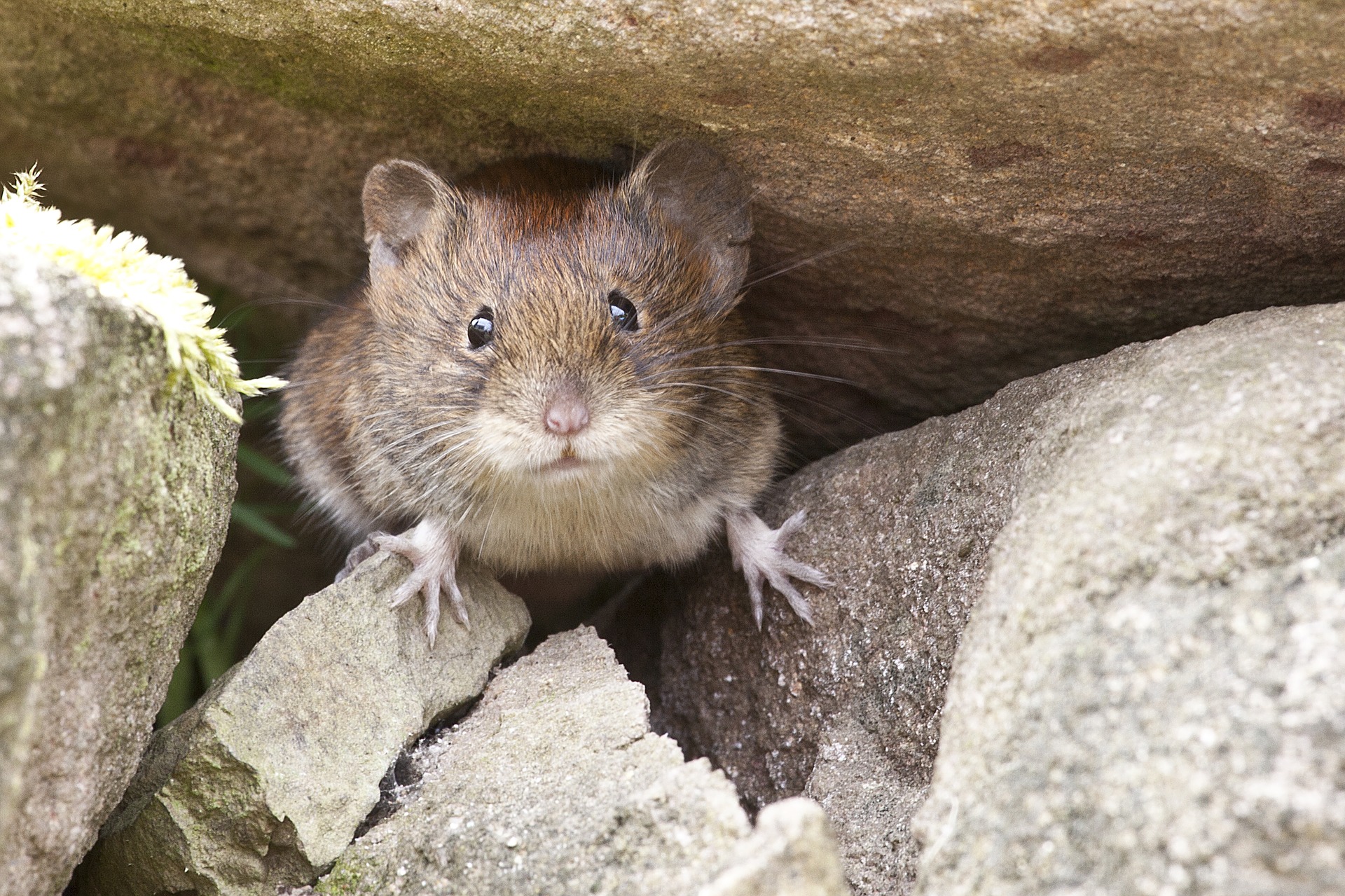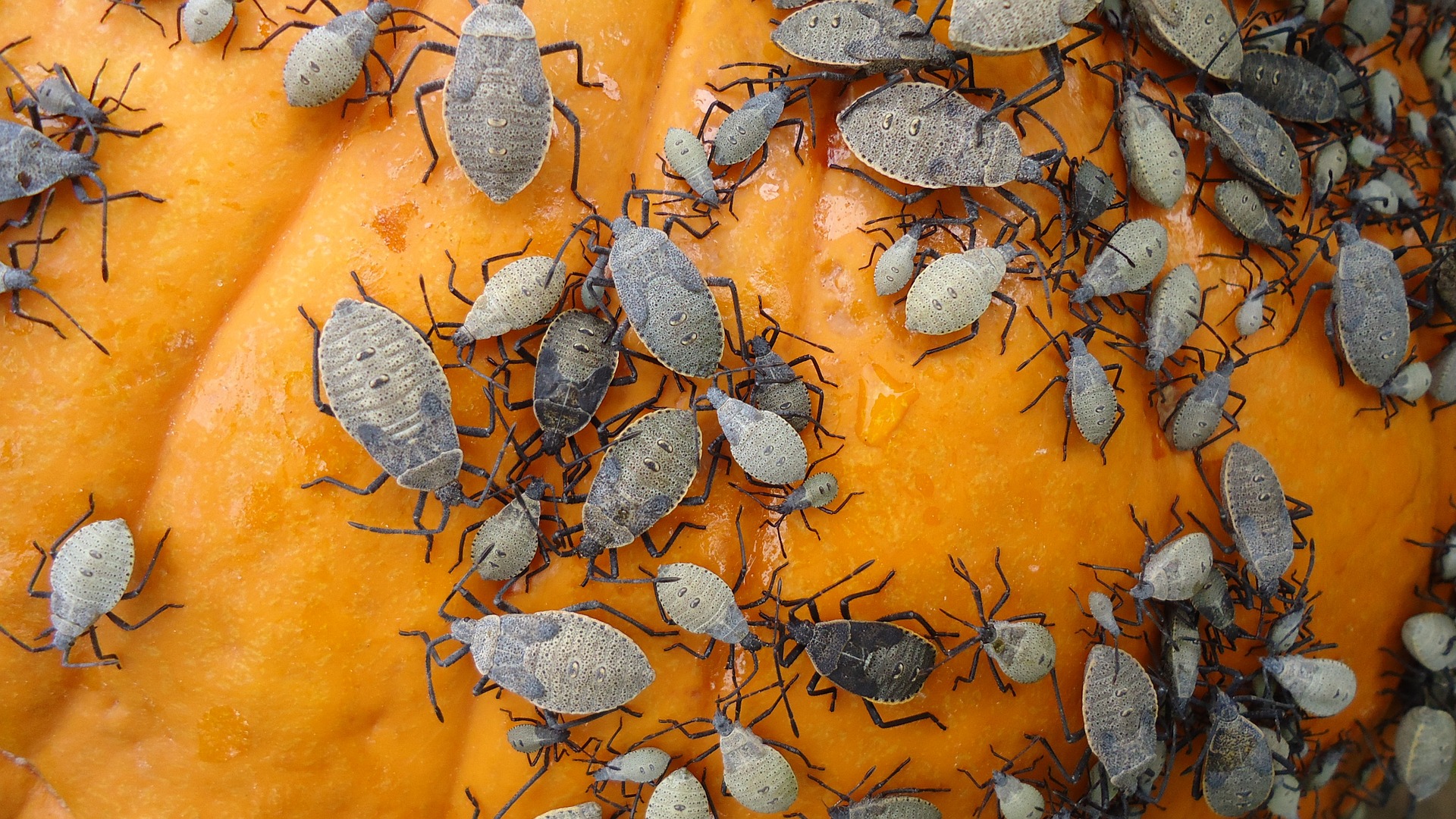Get Rid of Pantry Bugs With 24/7 Pest Control Services in New York City.
If you wondered if you have ever seen an Indian meal moth, chances are you have. It is due to the fact that these are the most common and maybe the number one invaders in your pantry. Indian meal moths are a typical family bug that gets their name from their eating routine of grains. These moths can be up to five-eighths of an inch long, with a wingspan of around three-fourths of an inch. Their forewings are rosy brown with a coppery sheen on the external 66% and dark on the inward third. While positioned very still, they hold their wings over their body in a rooftop-like position. Indian meal moths can be presented through food or can come into homes from an external perspective. They go through four phases during their life cycle: egg, hatchling, pupa, and grown-up. The female moth lays 200 to 300 eggs (in a 1-multi day time frame) straightforwardly onto food.
Indian meal moths can be found in a wide scope of environments and live in put-away food items, including grains, seeds, dried natural products, pet food, and flavors. The Indian pantry moth life cycle and Invasions regularly start in dry pet food and birdseed. Individuals frequently store enormous amounts of these food sources in unattended areas, where persuasions might go unrecognized for a really long time. Because of this, they might catch a ride into your home by means of putting away food items. They can likewise roll in from an external perspective. You might see pinkish-white caterpillars (hatchlings) creeping across your counters, dividers, or roofs. You may likewise see a couple of grown-up earthy-colored moths flying in your kitchen or neighboring rooms. Dinner moth hatchlings can harm grains and different food sources put away in your storeroom, generally by turning a lot of silk, which gathers waste pellets, disposed of skin and eggshells in food. Also, grown-up dinner moths don’t intake food to feed themselves. However, their larvae feast on cereal, flour, cornmeal, rice, nuts, dog food, and other dry goods. If you see winged moths in your storeroom, you’ll realize you have a feast moth invasion.
To combat these pesky moths from entering your house or building, it is vital to keep proper sanitization and proper food storage to avoid unknown infestations. At the point when you bring food home from the supermarket, investigate bundles for white worms (supper moth hatchlings). Discard any invaded food. Try not to buy more food than you can use in two to four months. Those colossal packs of food from your beloved discount store may not be the most ideal decision, bug insightful. Store food, including canine food and birdseed, in firmly fixed holders. In hotter environments, suppers and flours ought to be refrigerated. Keep your counters, cupboards, and storeroom retires clean. Wipe or vacuum food spills right away. Try not to utilize water to clean your cupboards since this can make a pale buildup that might draw in storeroom bugs. If you’ve been having trouble with pantry pests in NYC call 24 hr pest control NYC for assistance.
Pantry Bugs – Saw Toothed Grain Beetle
The most ancient known beetle is well known as the Sawtooth Grain Beetle. These bugs have been around as long as other flour bugs. Their set of experiences goes back a few thousand years. This is because in reality most antiquated human advancements utilized flour as an essential food fixing. Sawtooth Grain Beetles are a little brown to dark insect estimating a quarter to three-eighth inches long when completely developed.
Pantry Bugs – Drugstore Beetles
If you are wondering if there are beetles that attack drugstore, tobacco, and book products, the Drugstore beetle is definitely one of them. It gets its name from its propensity for benefiting from physician endorsed drugs. It likewise benefits from flours, dry blends, bread, treats, chocolates and different desserts, and flavors. Non-food material incorporates fleece, hair, calfskin, horn, and gallery examples.
Pantry Bugs – Flour Beetles
The two most common species are the red flour beetle and the confused flour beetle. They look similar, but you’re more likely to meet the red flour beetle in your home. Basically indistinguishable, the confounded and red flour bugs are around 3/16 inch long with leveled bodies very much adjusted to creeping into minuscule clefts. The most ideal way to recognize these two species is to take a gander at the radio wire.
Pantry Bugs – Warehouse Beetles
The warehouse beetle insect, Trogoderma variabile, is one of a few types of creepy crawly in the variety Trogoderma that are viewed as irritations of put away items. It is the most normal Trogoderma brother in homes. The distribution center bug is elliptical to oval, 1/8 to 3/16 inch long, with a dim and light mottled example on their wing covers. Grown-up Trogoderma are genuinely fleeting and seldom feed on put away items.
Pantry Bugs – Rice Weevils
Rice weevils are a type of beetle that eats plants. These dark brown, winged insects can spoil entire bins of grains. The rice and storehouse weevil are vermin of put away grain and seeds. They create inside entire grain portions as little, white, crumpled, grub-like hatchlings. There is for the most part no outer proof that the hatchlings have been eating and becoming inside the seed until after around one month when the grown-up weevil bites through the seed coat and arises.


